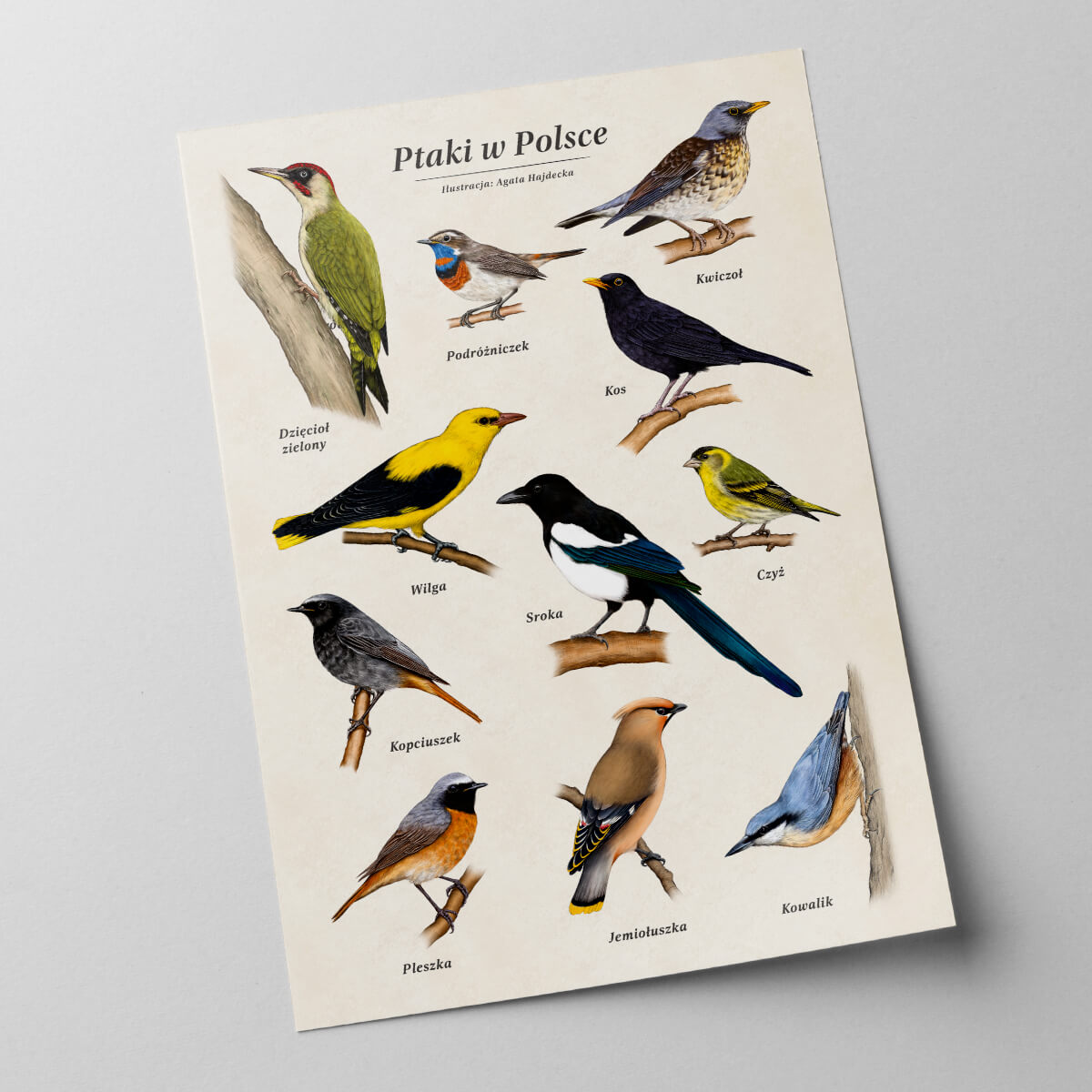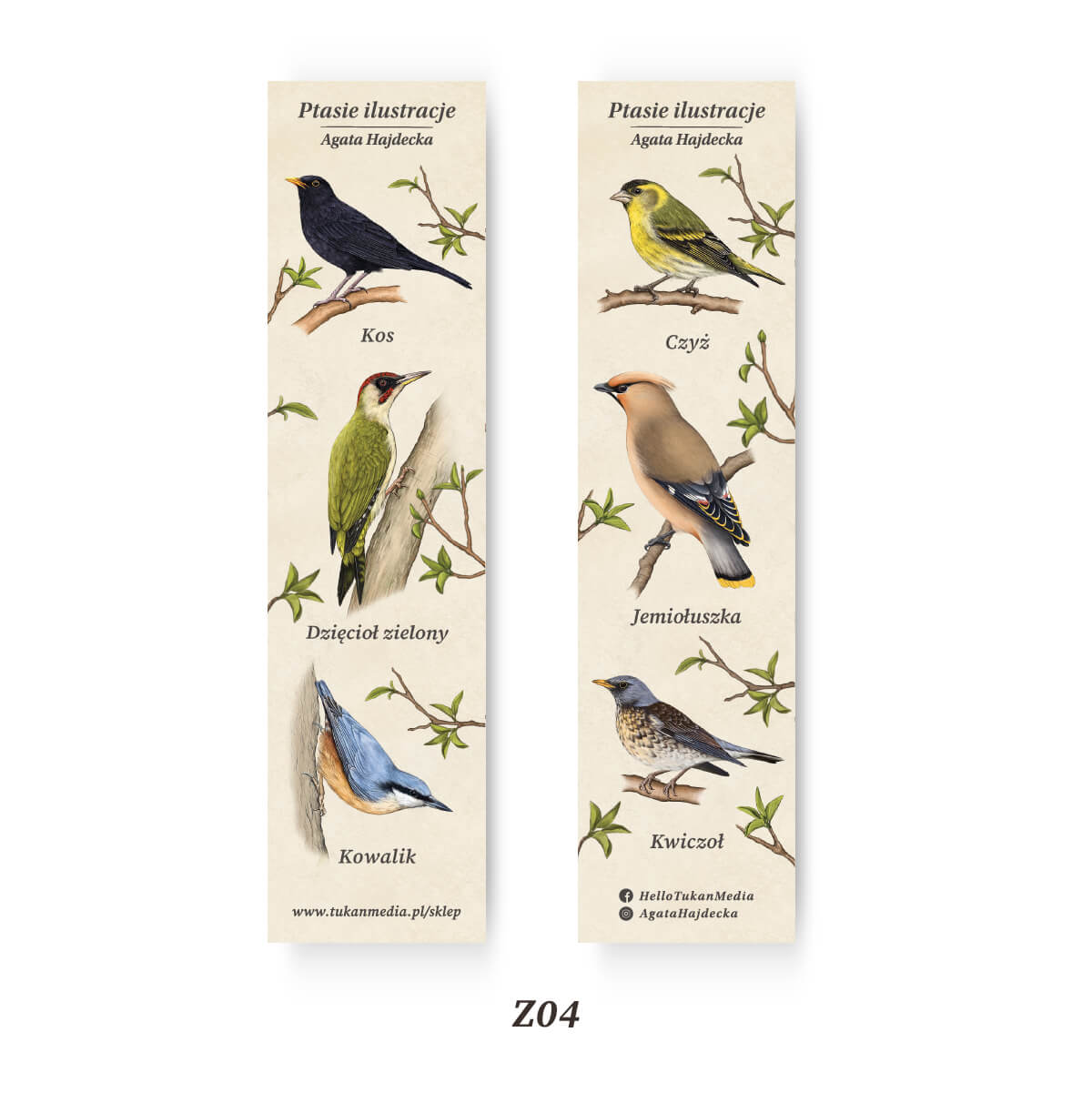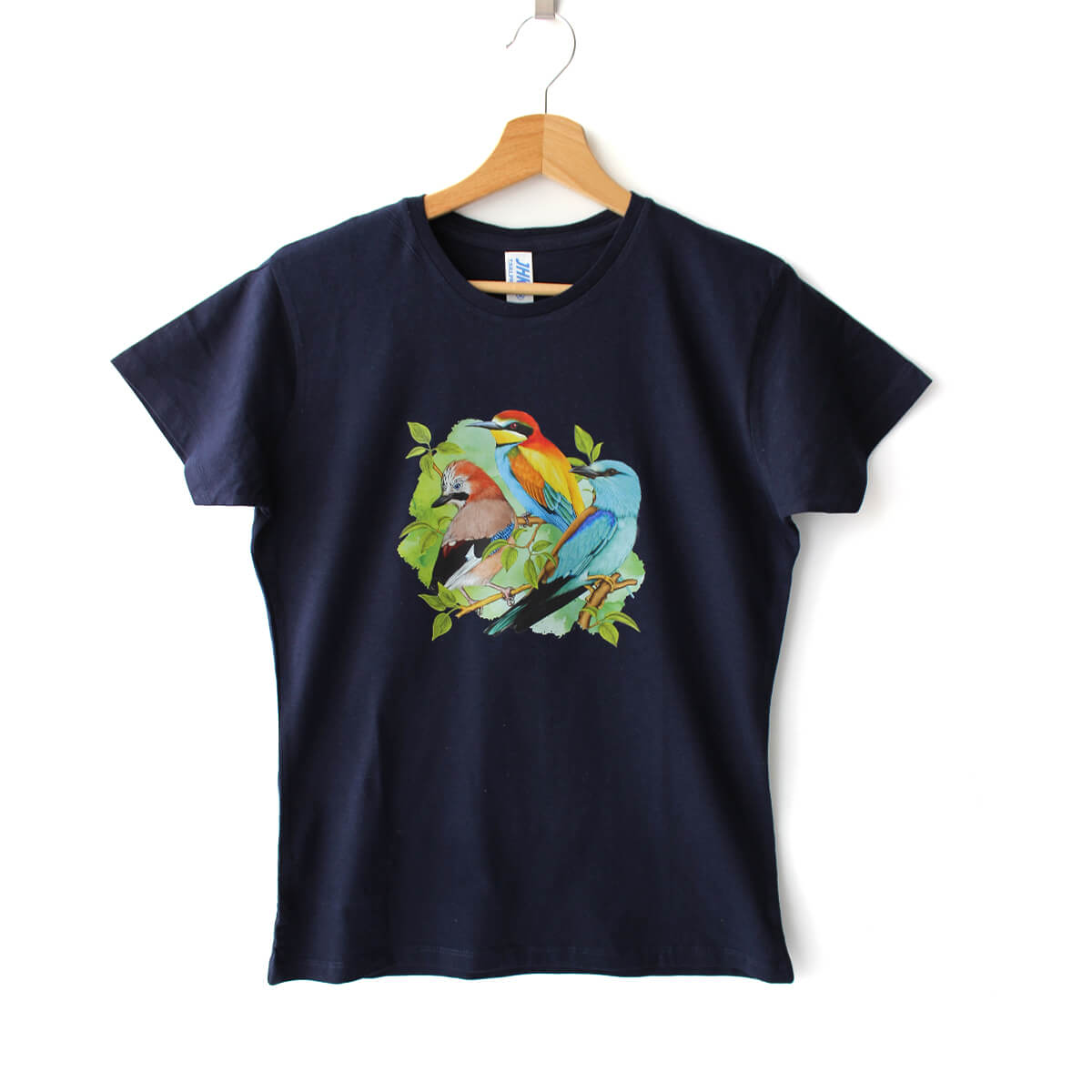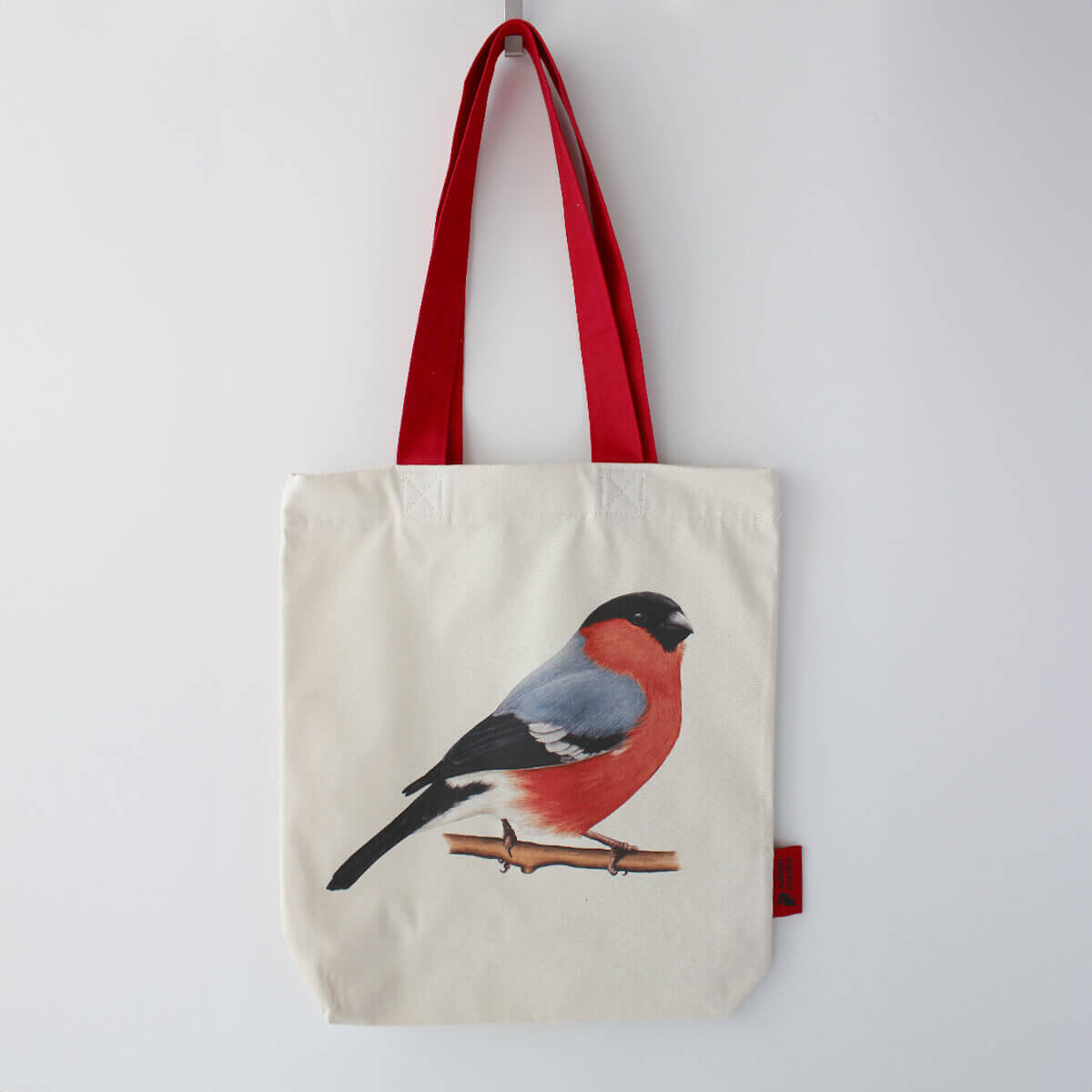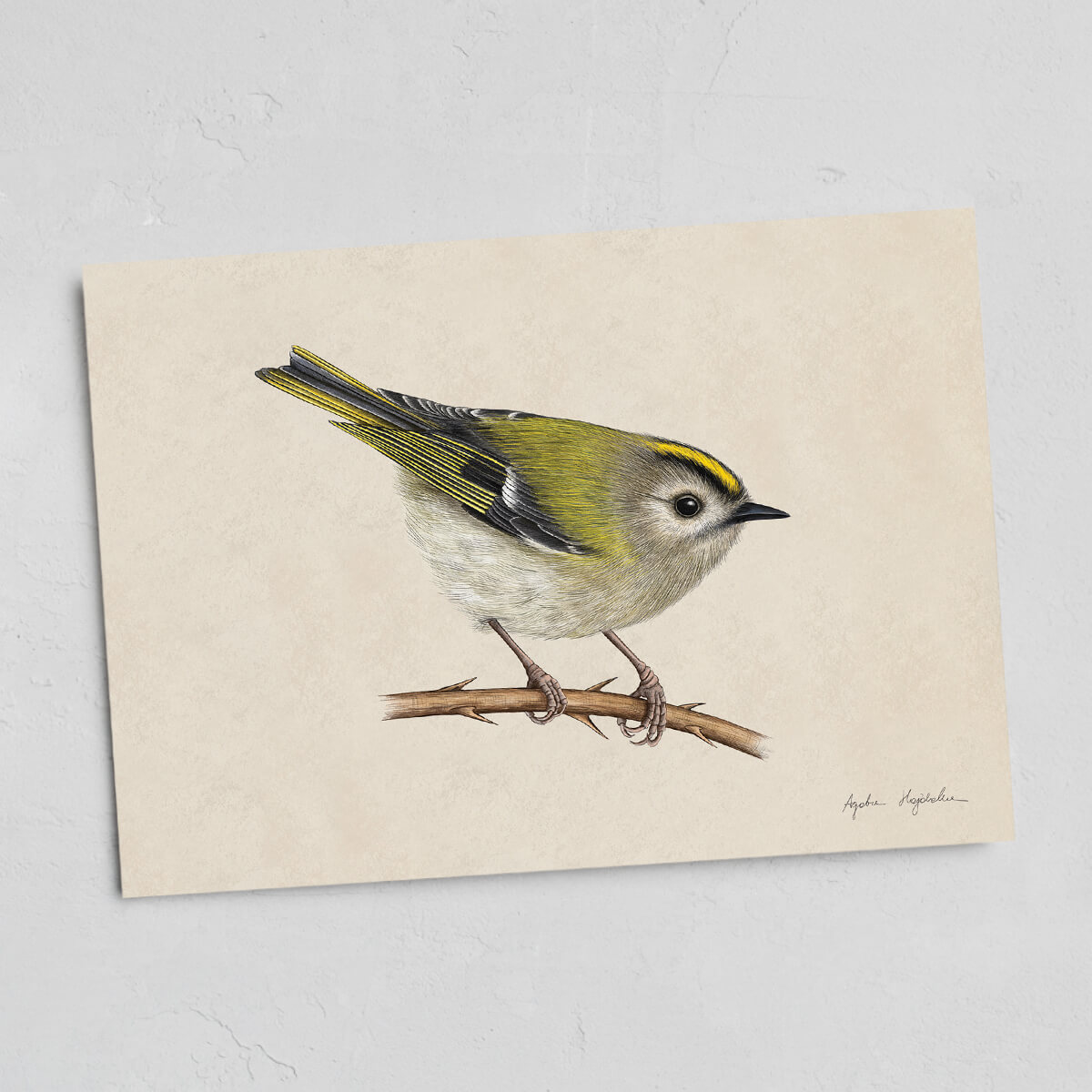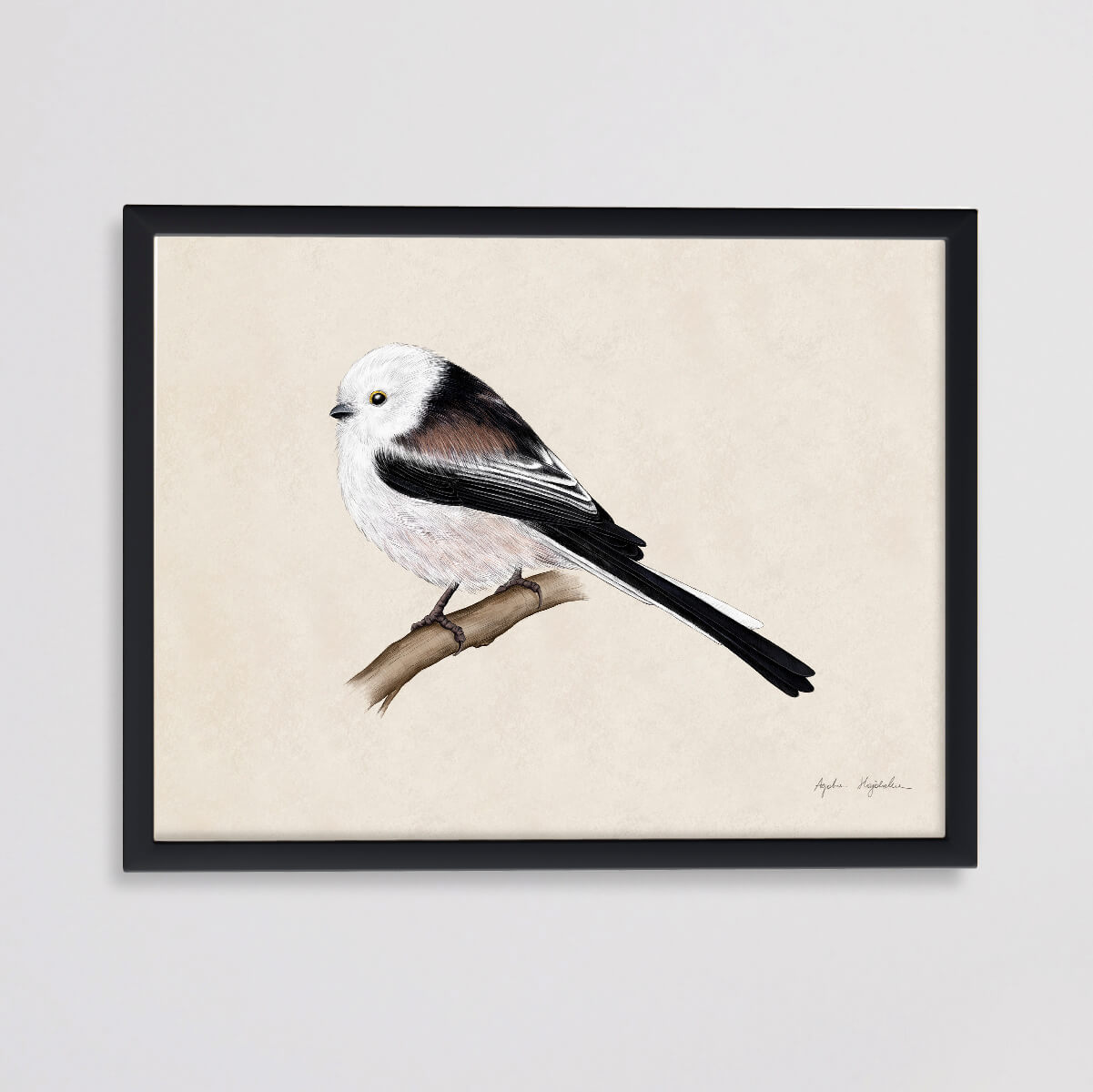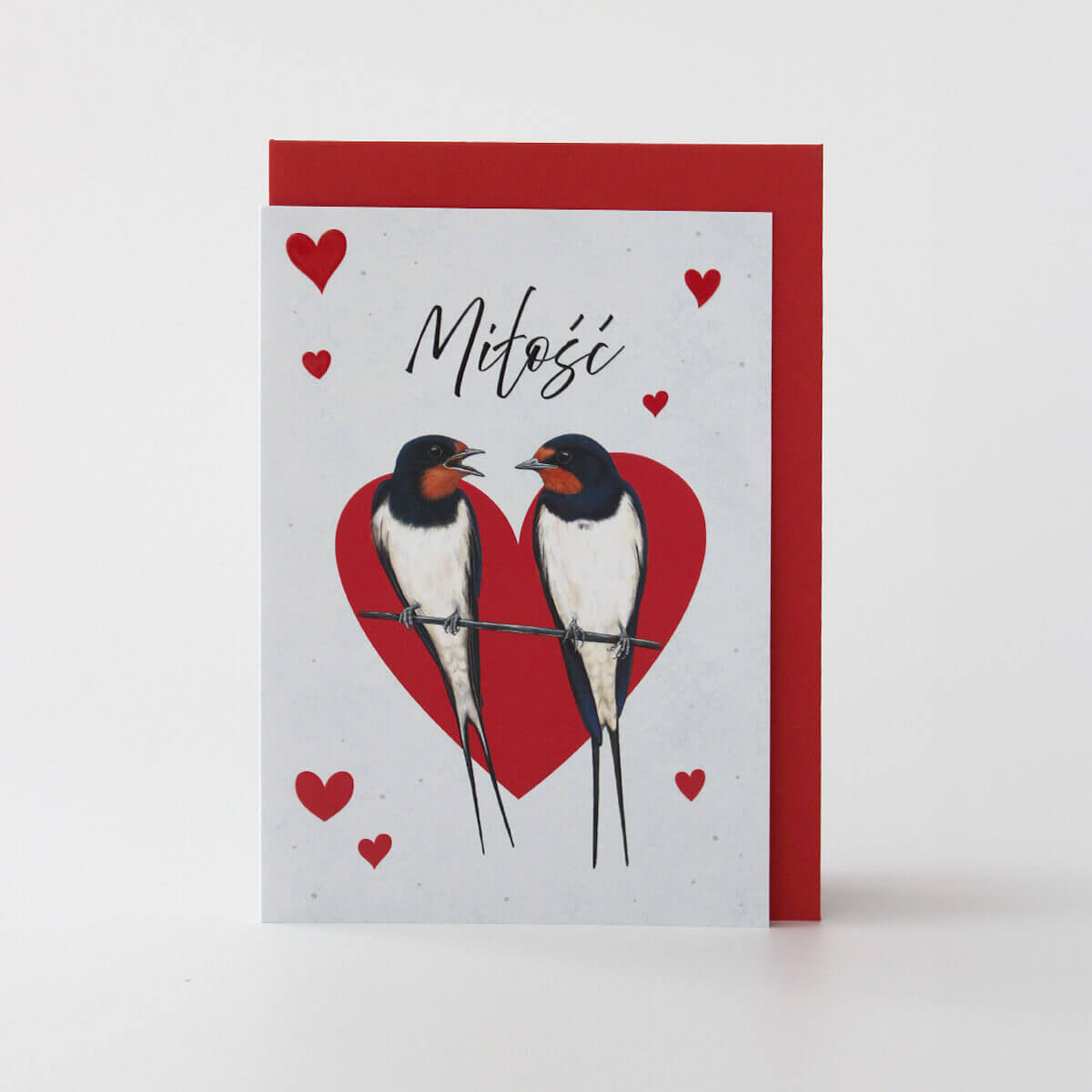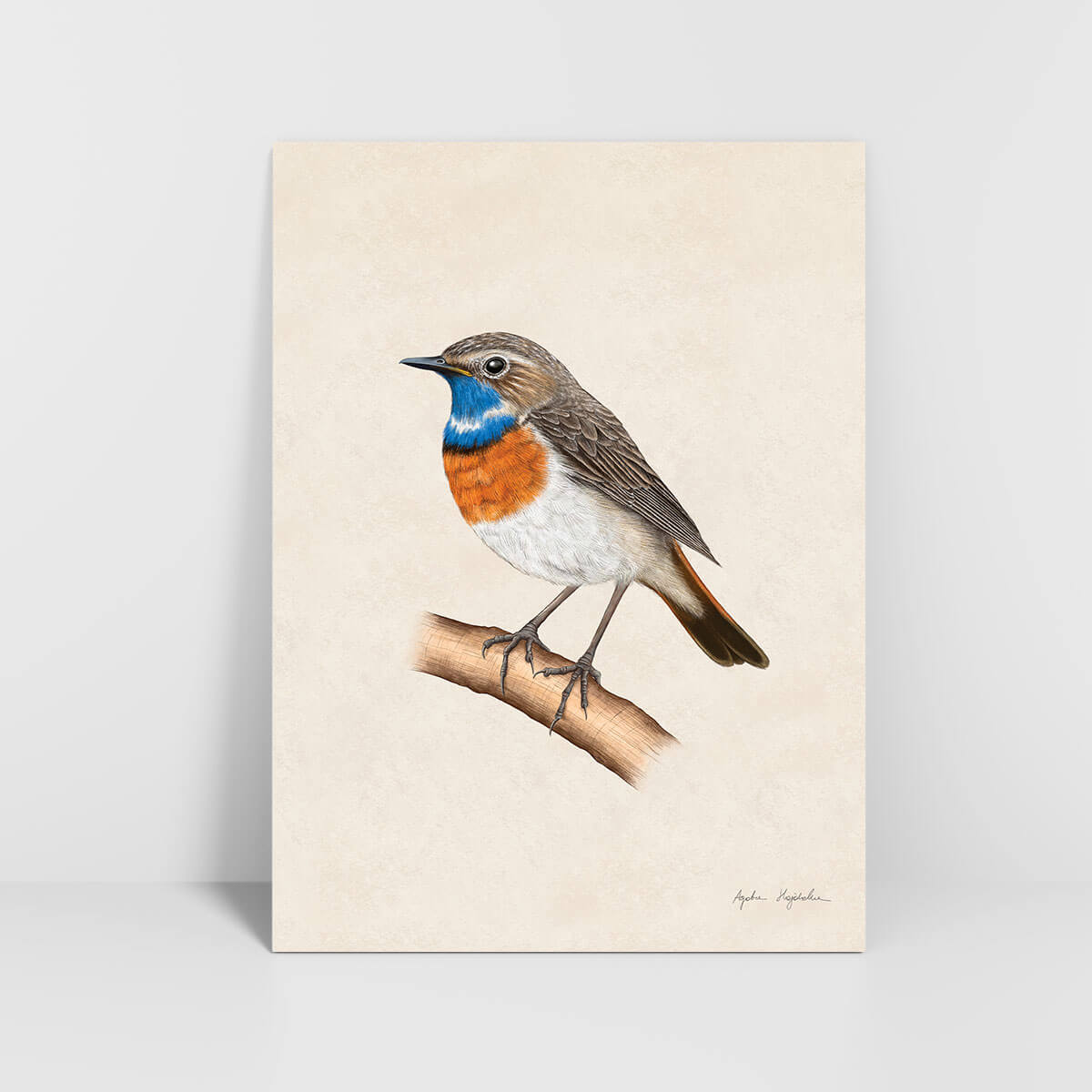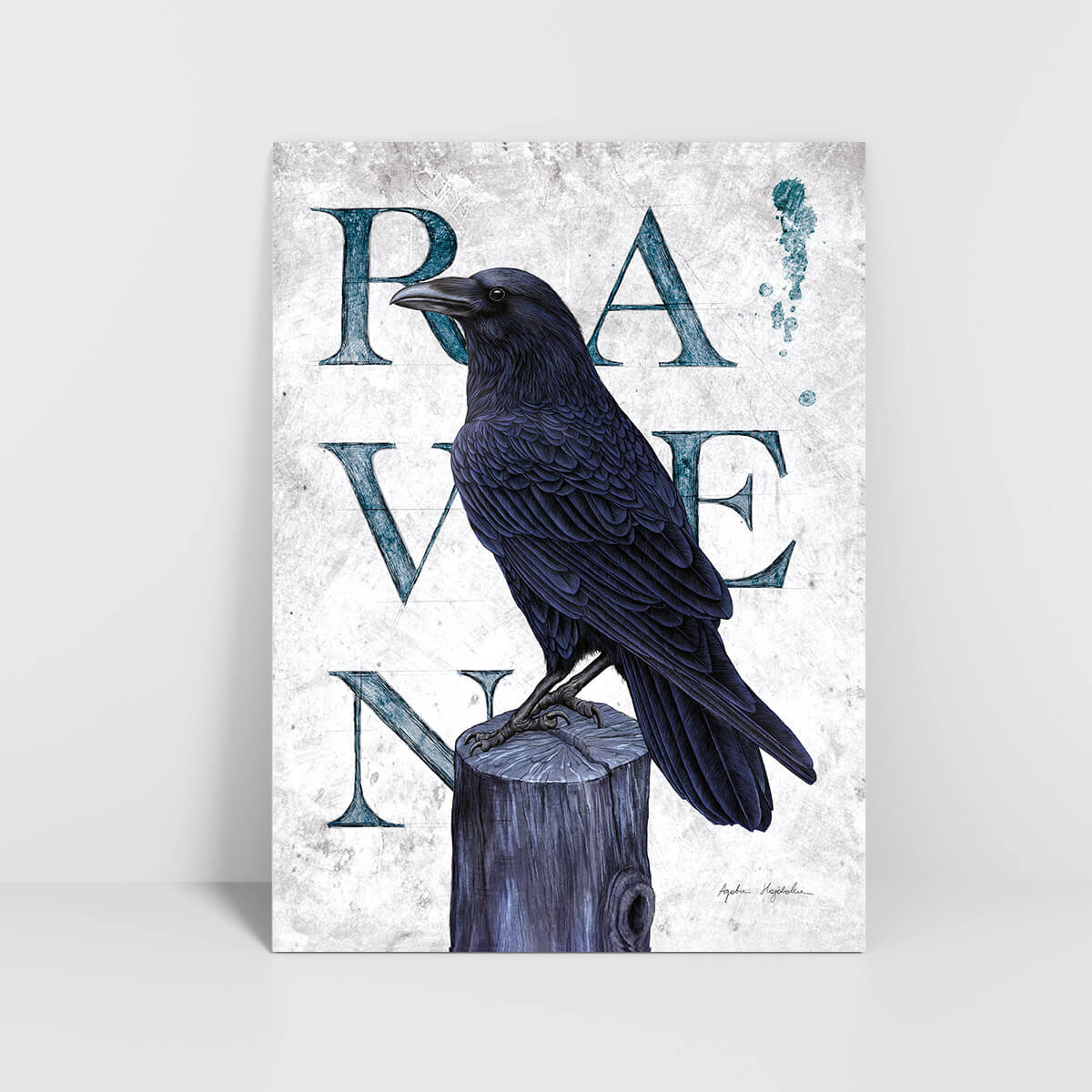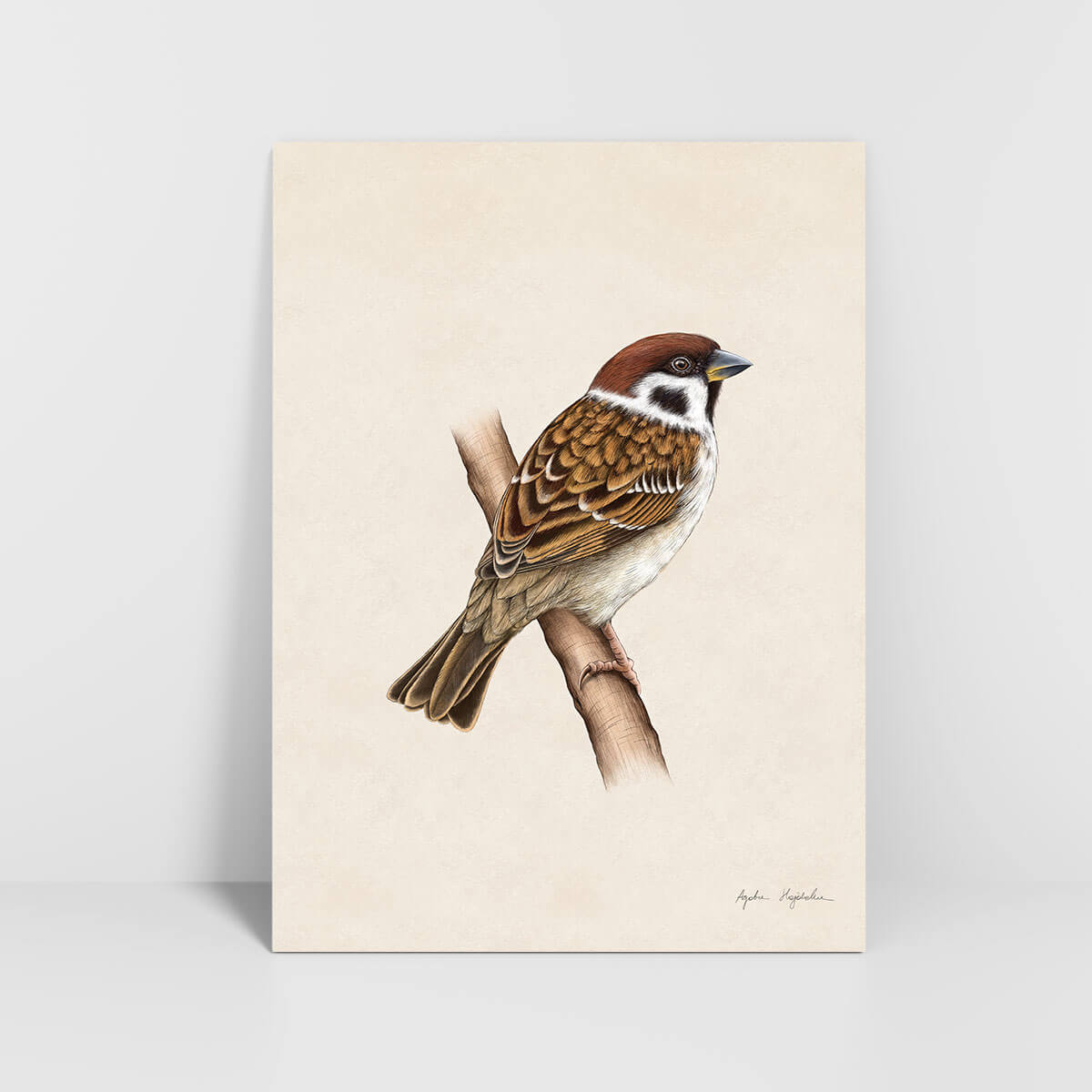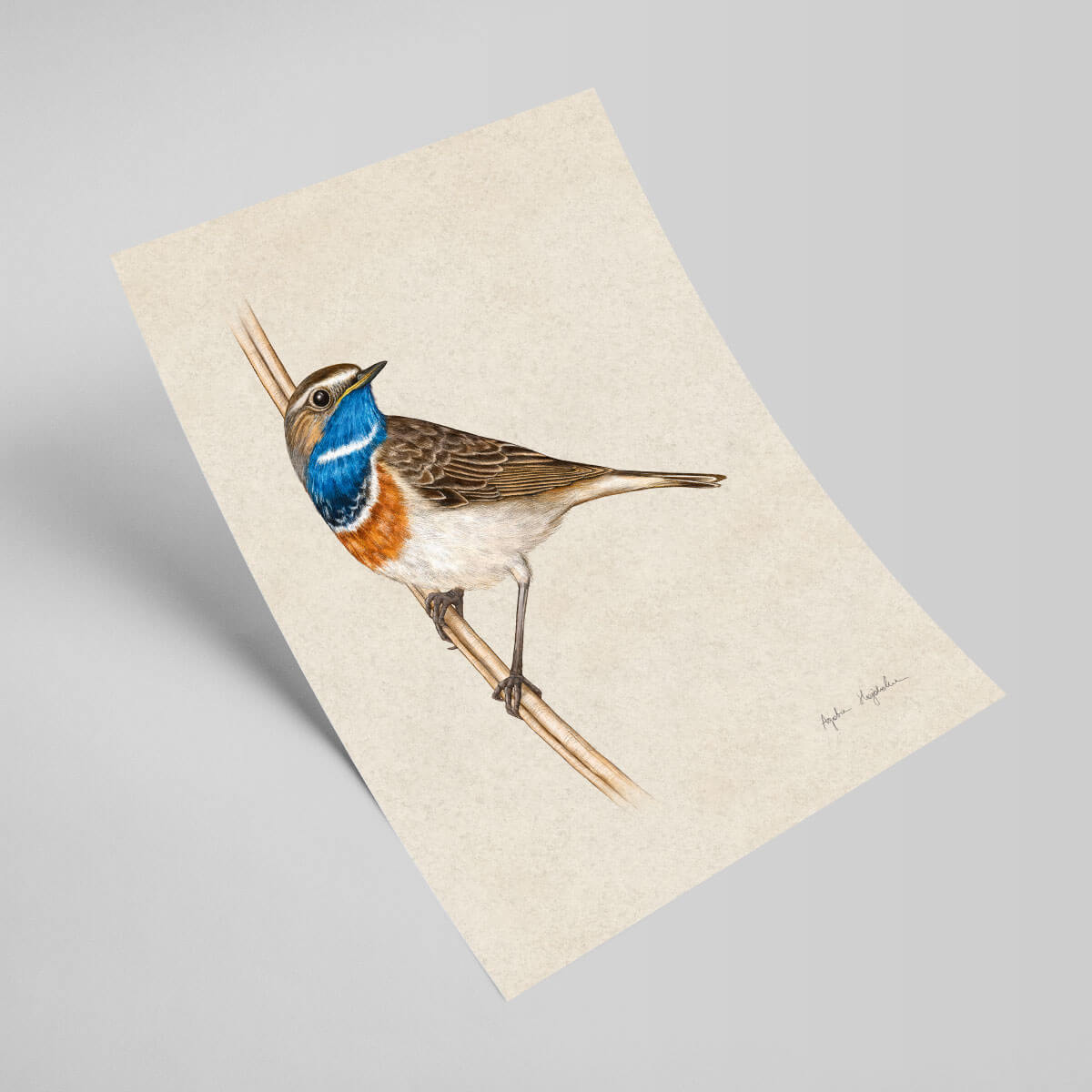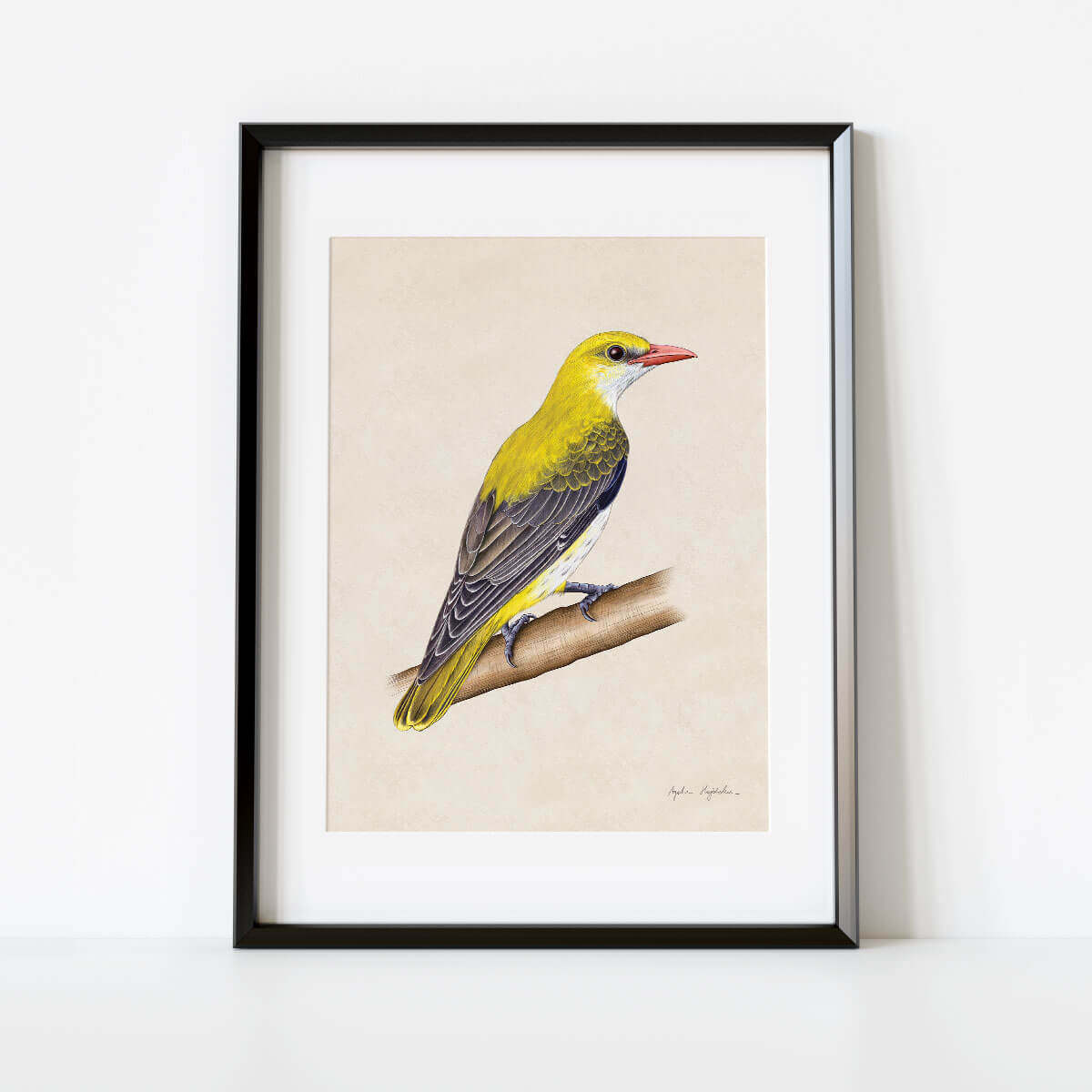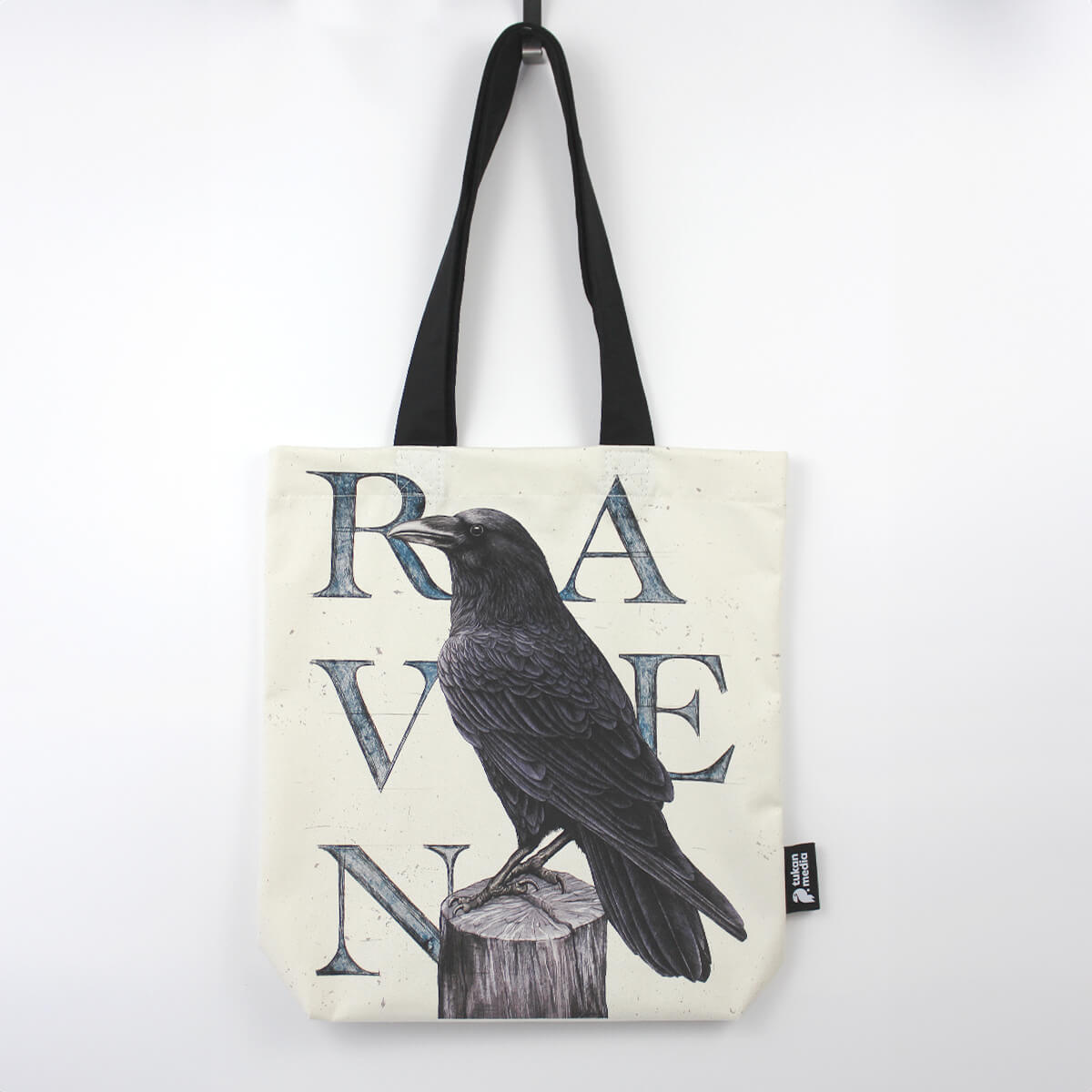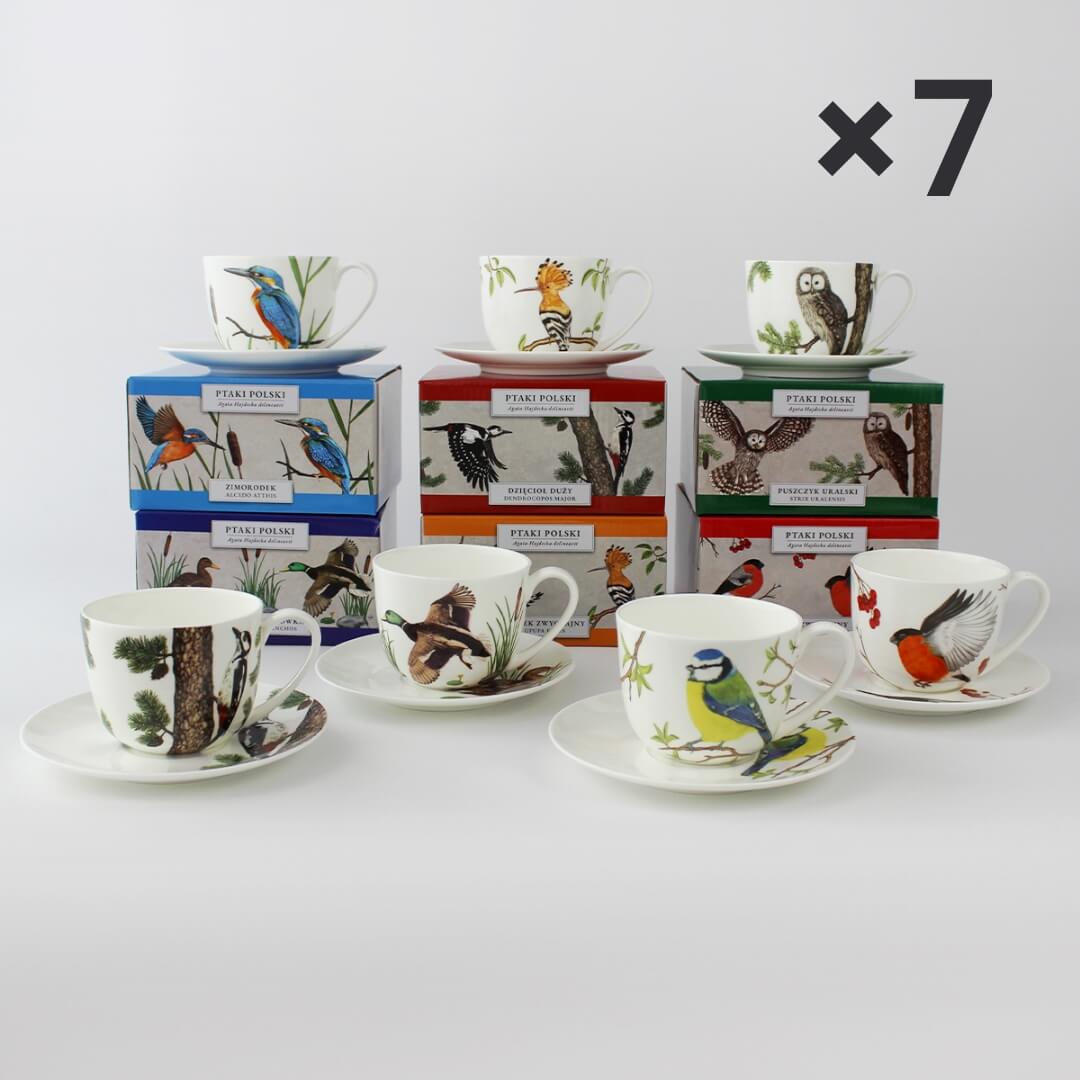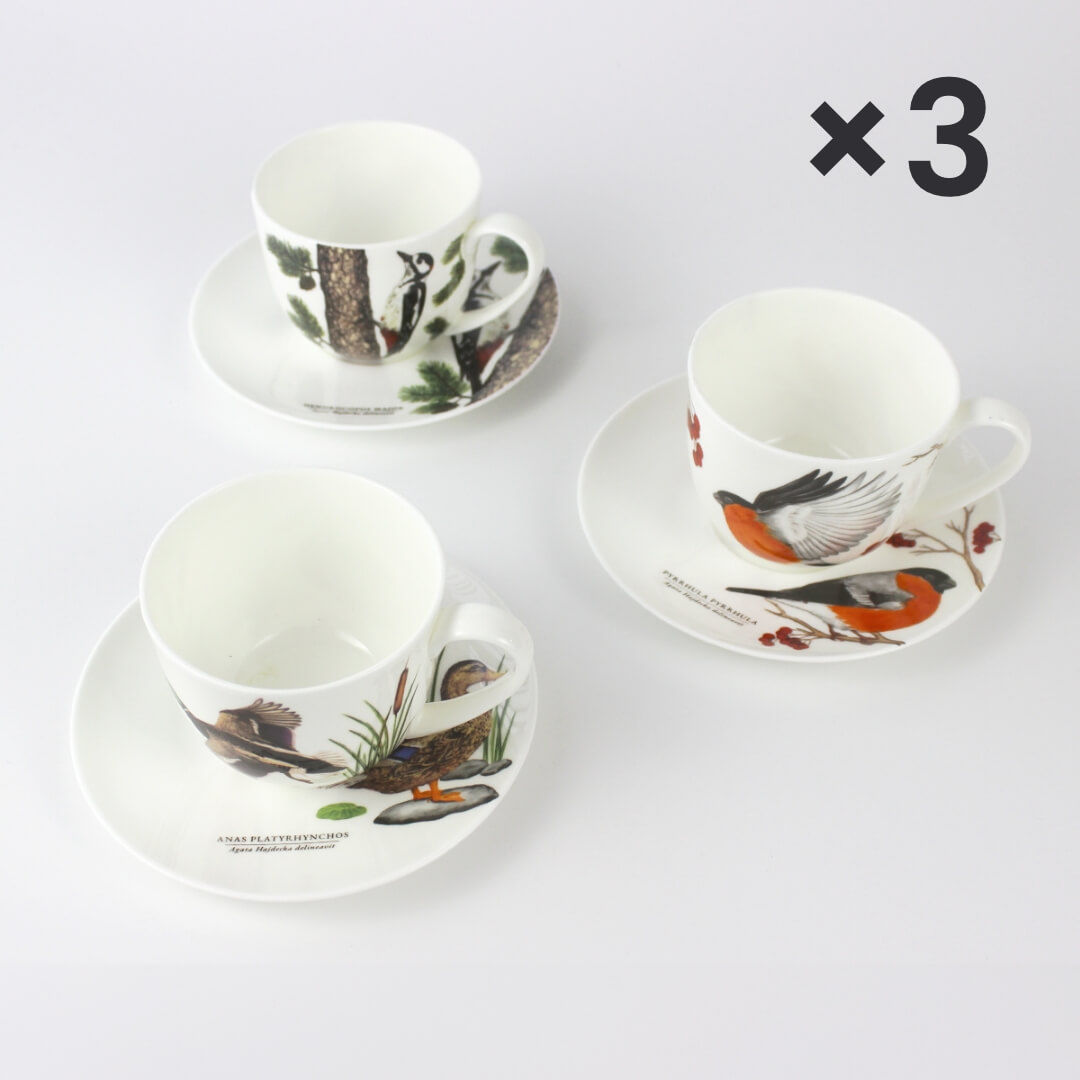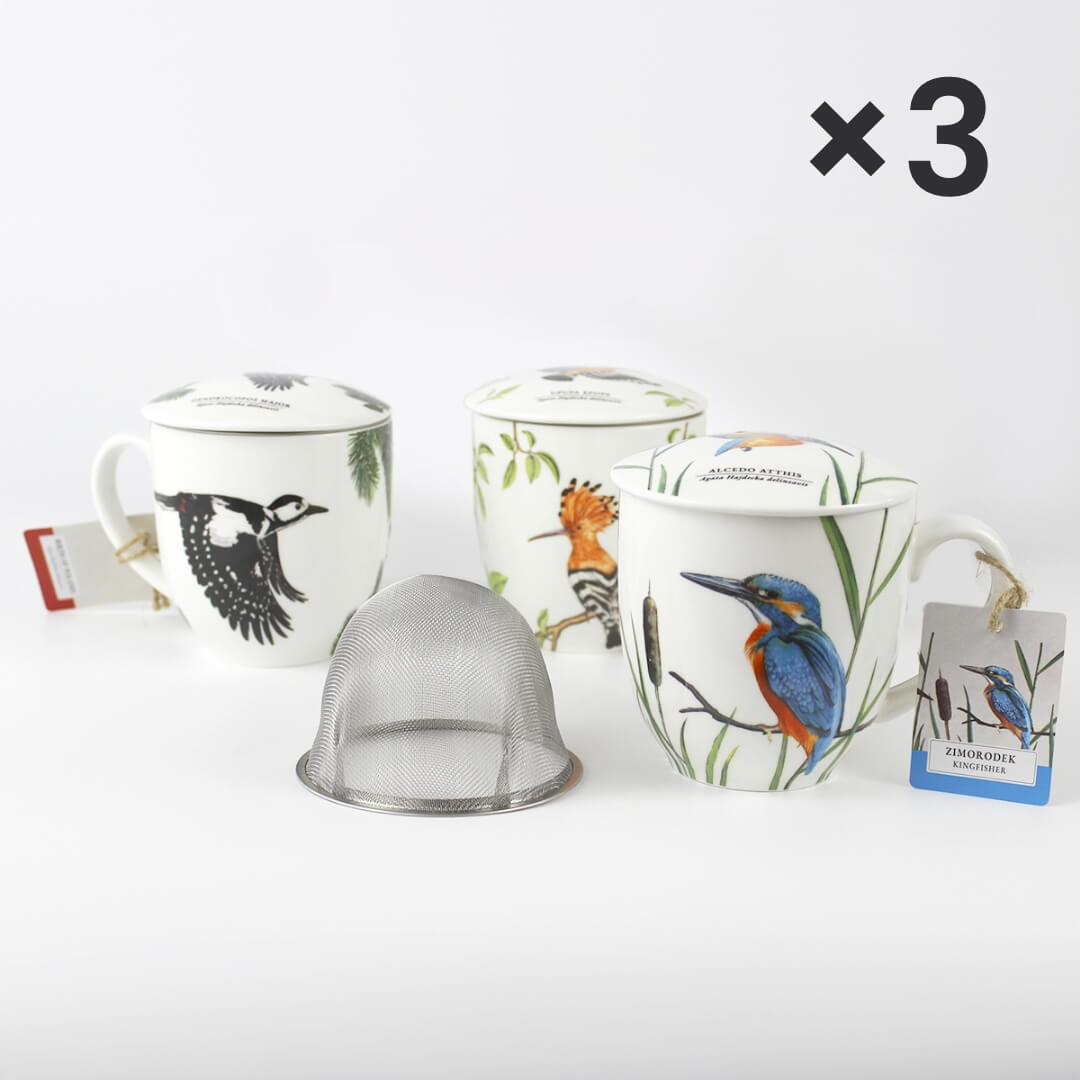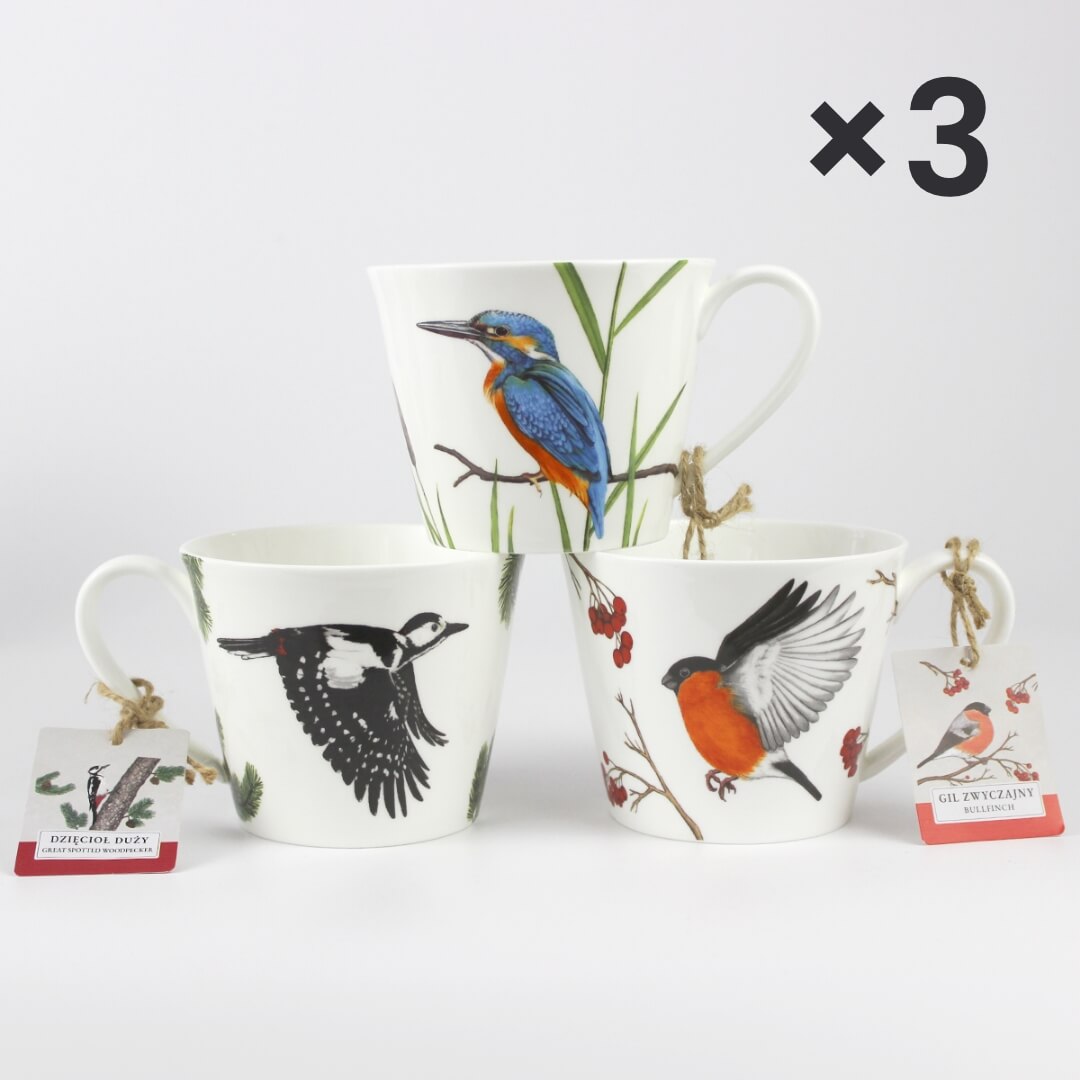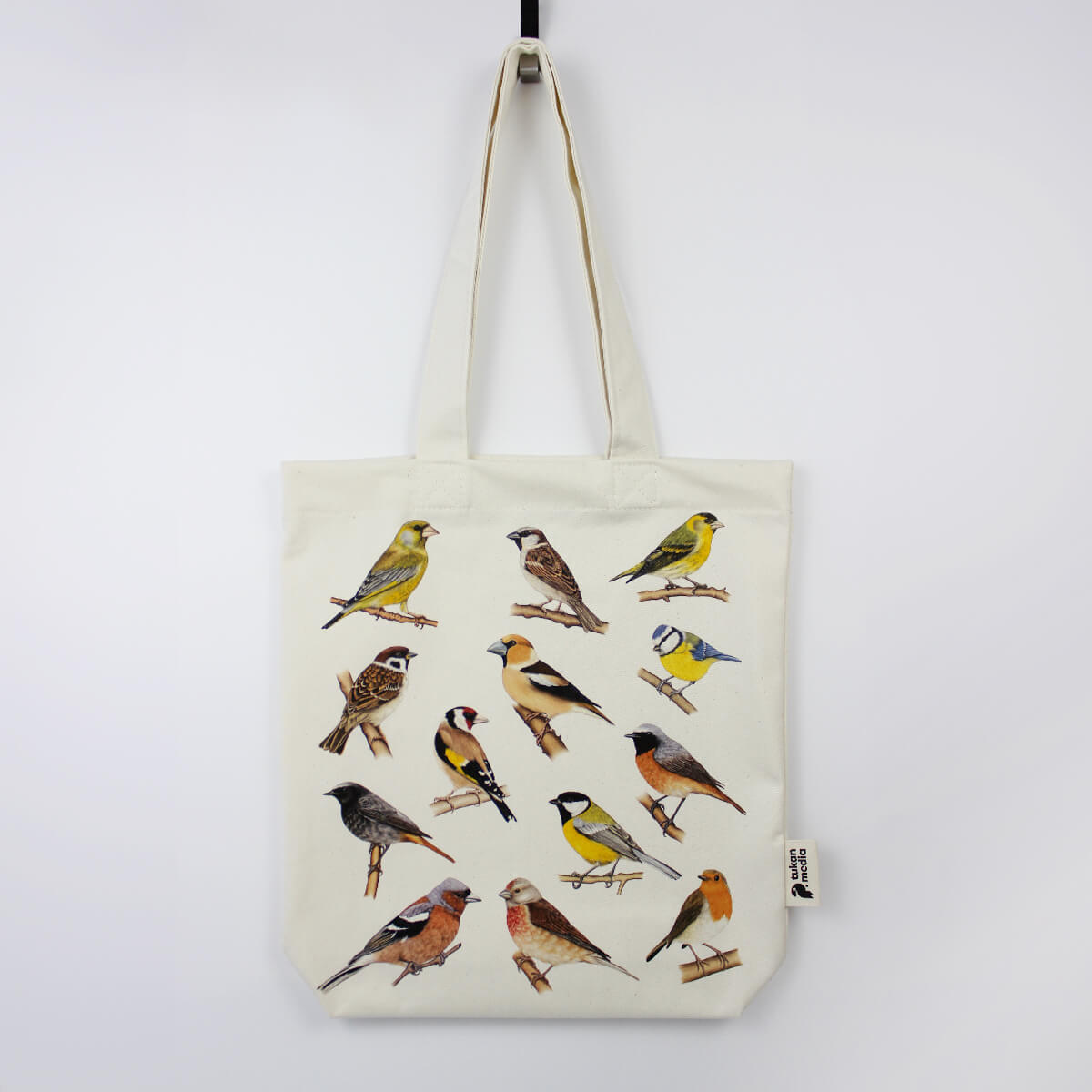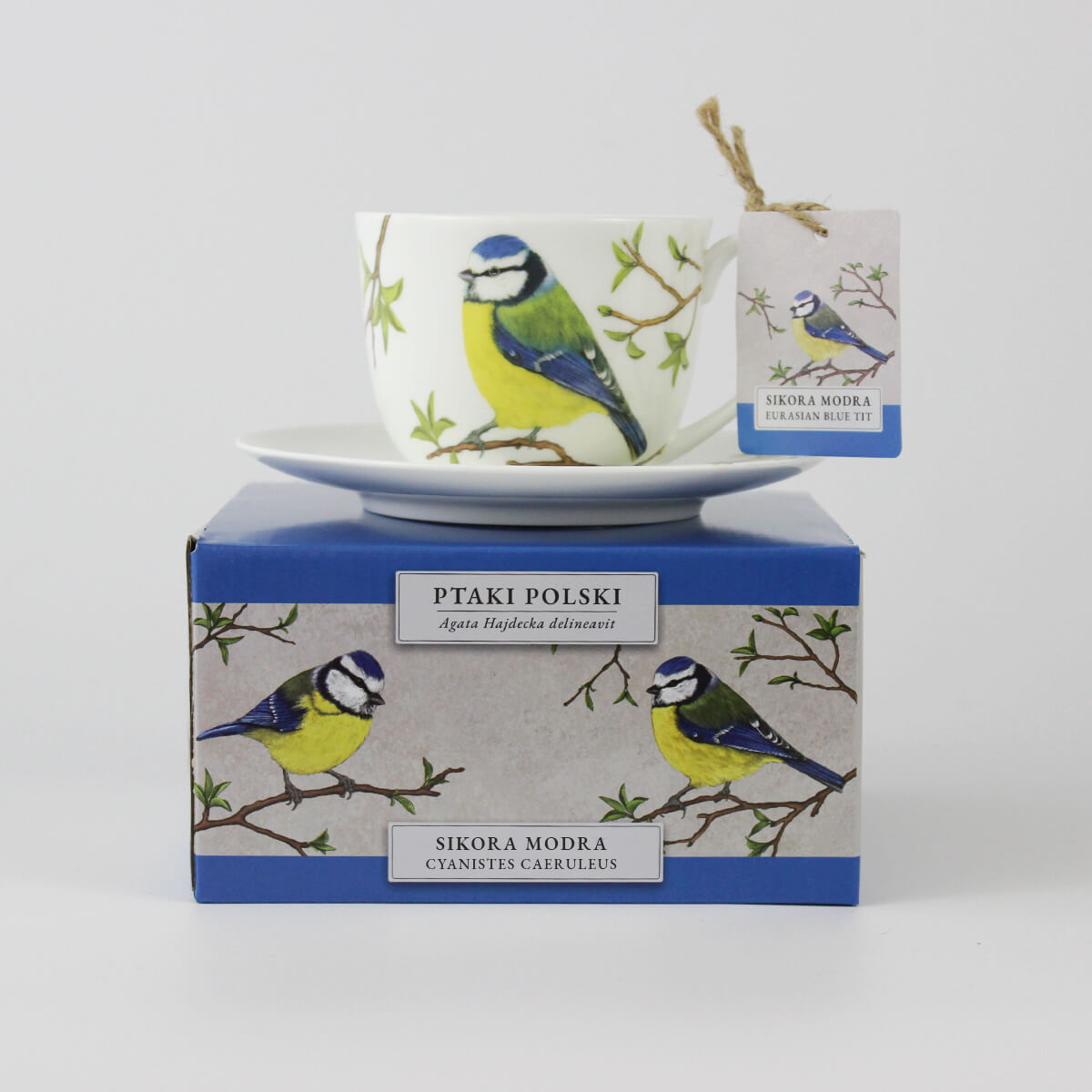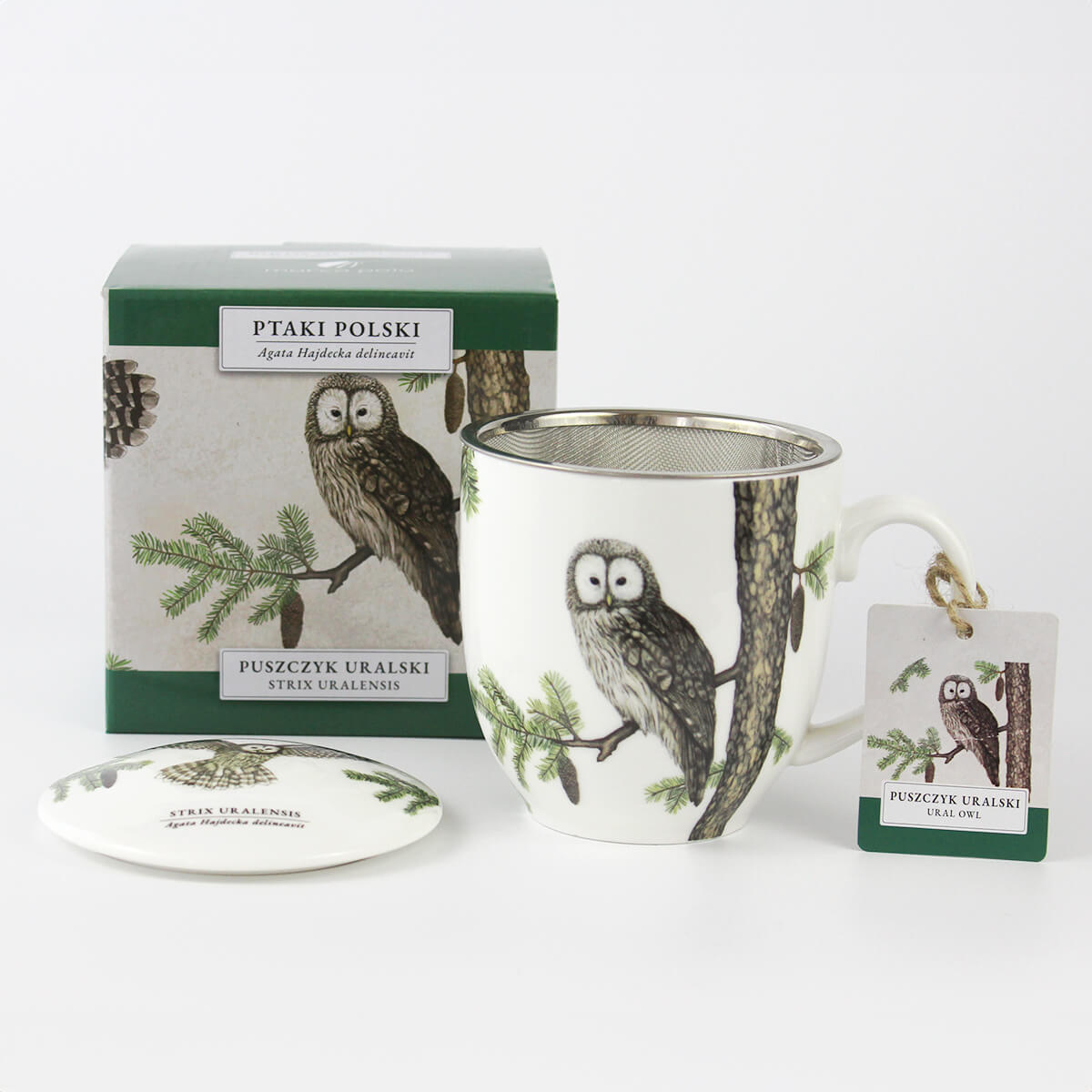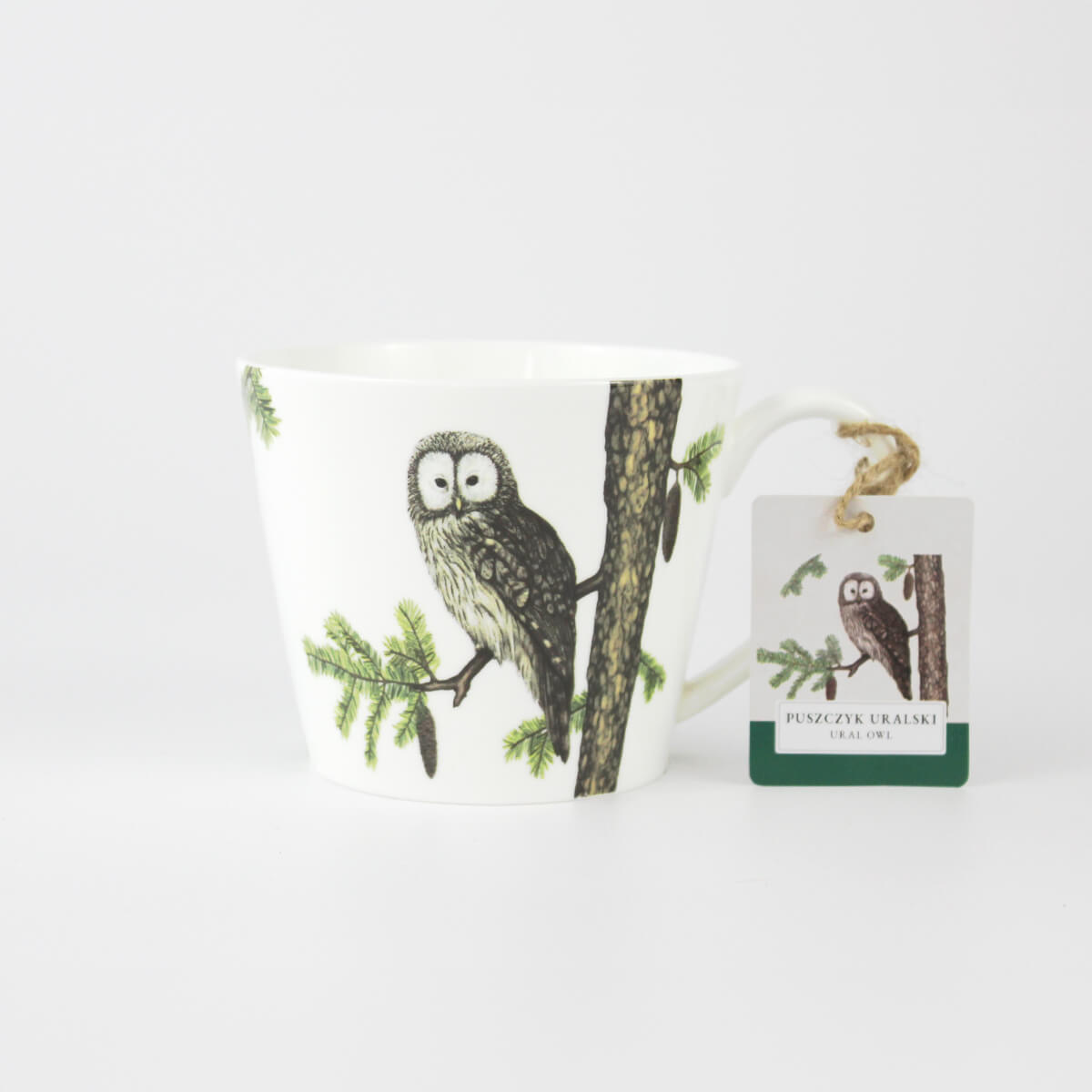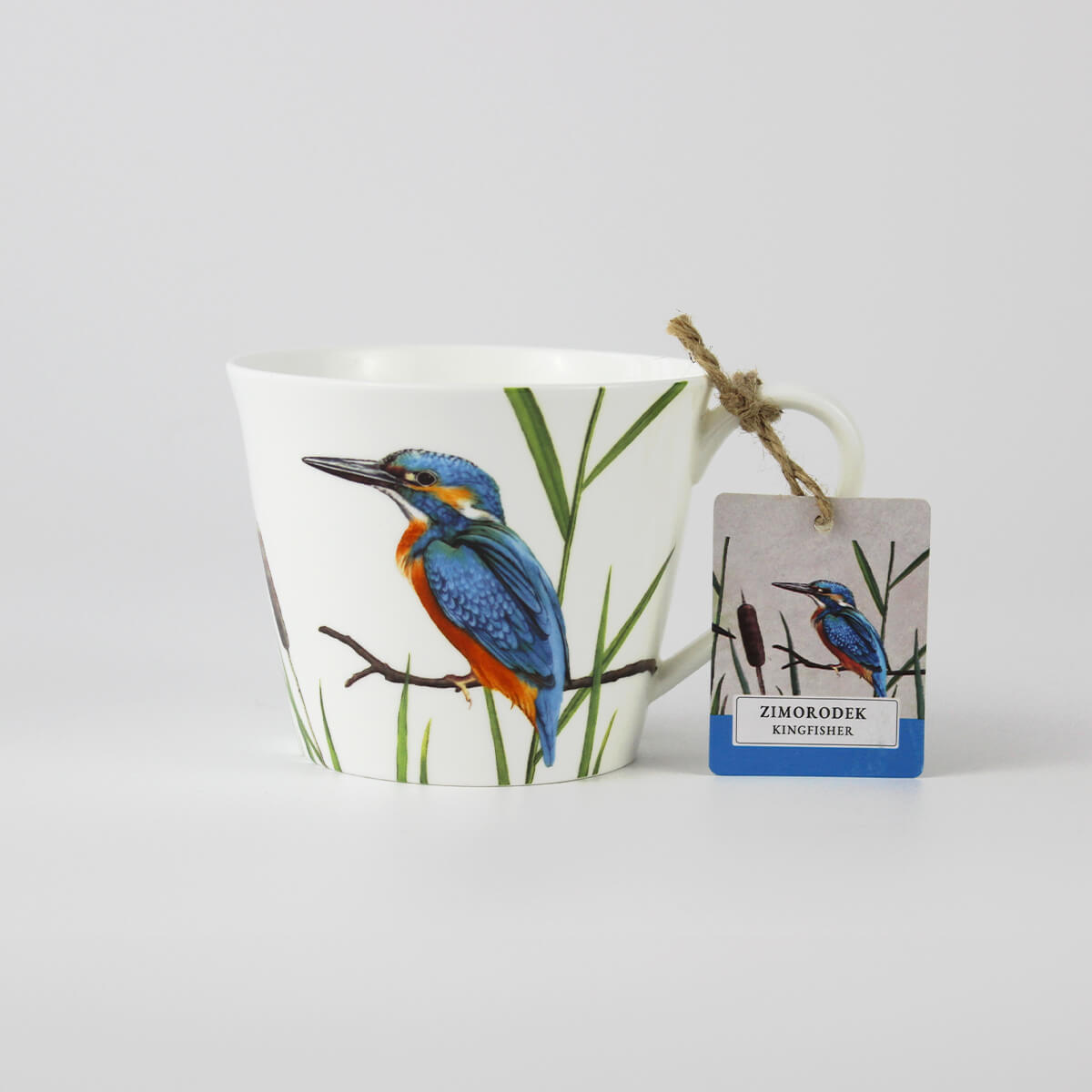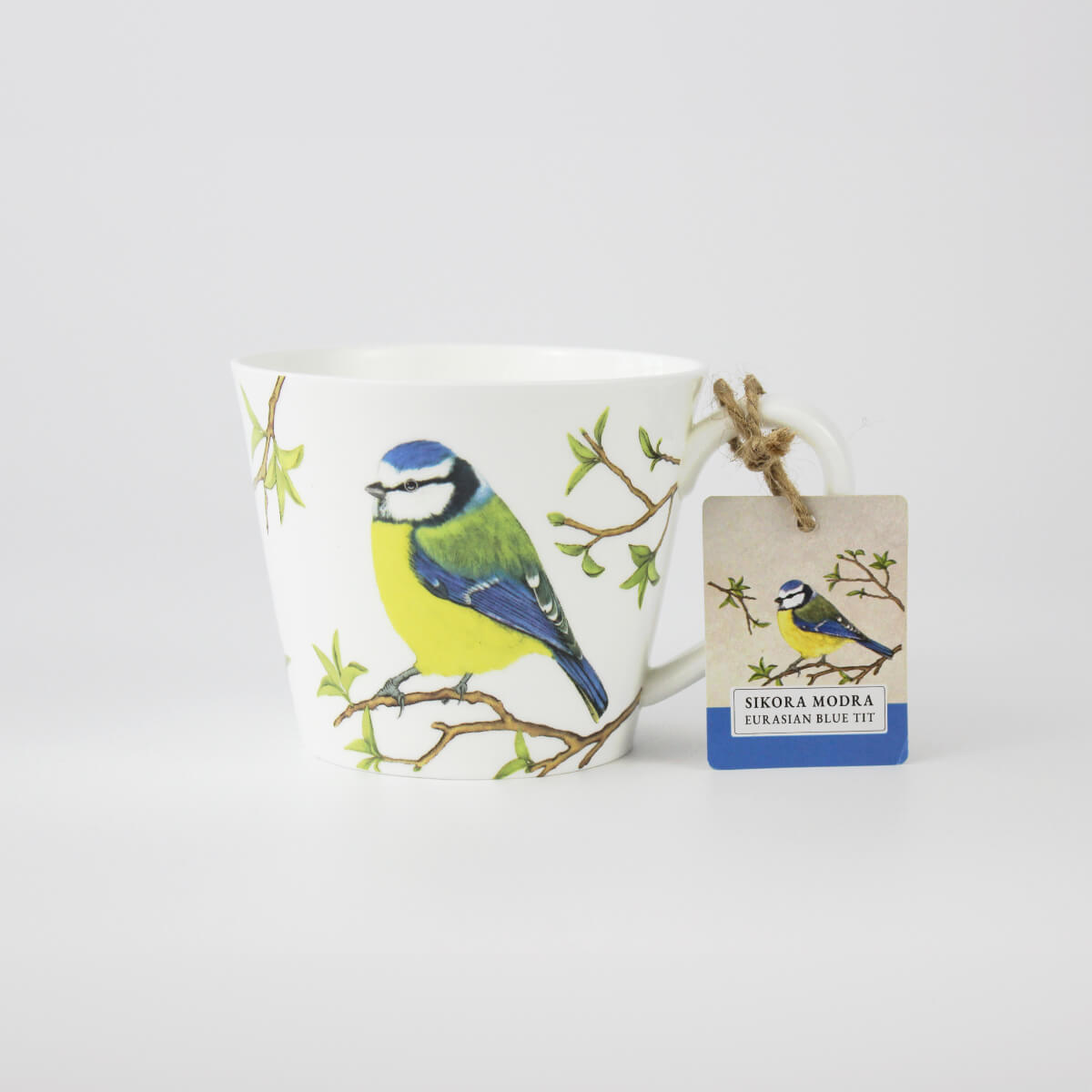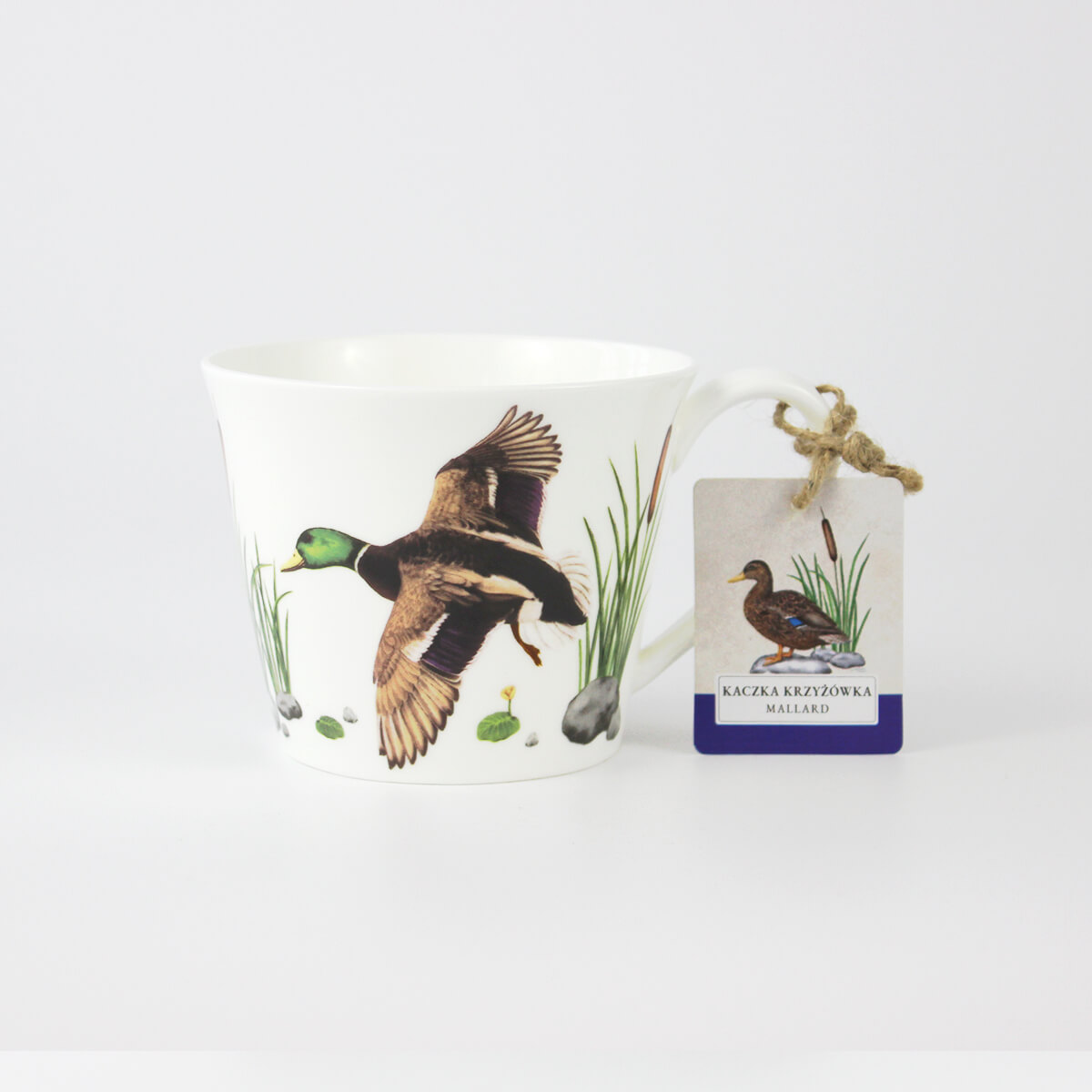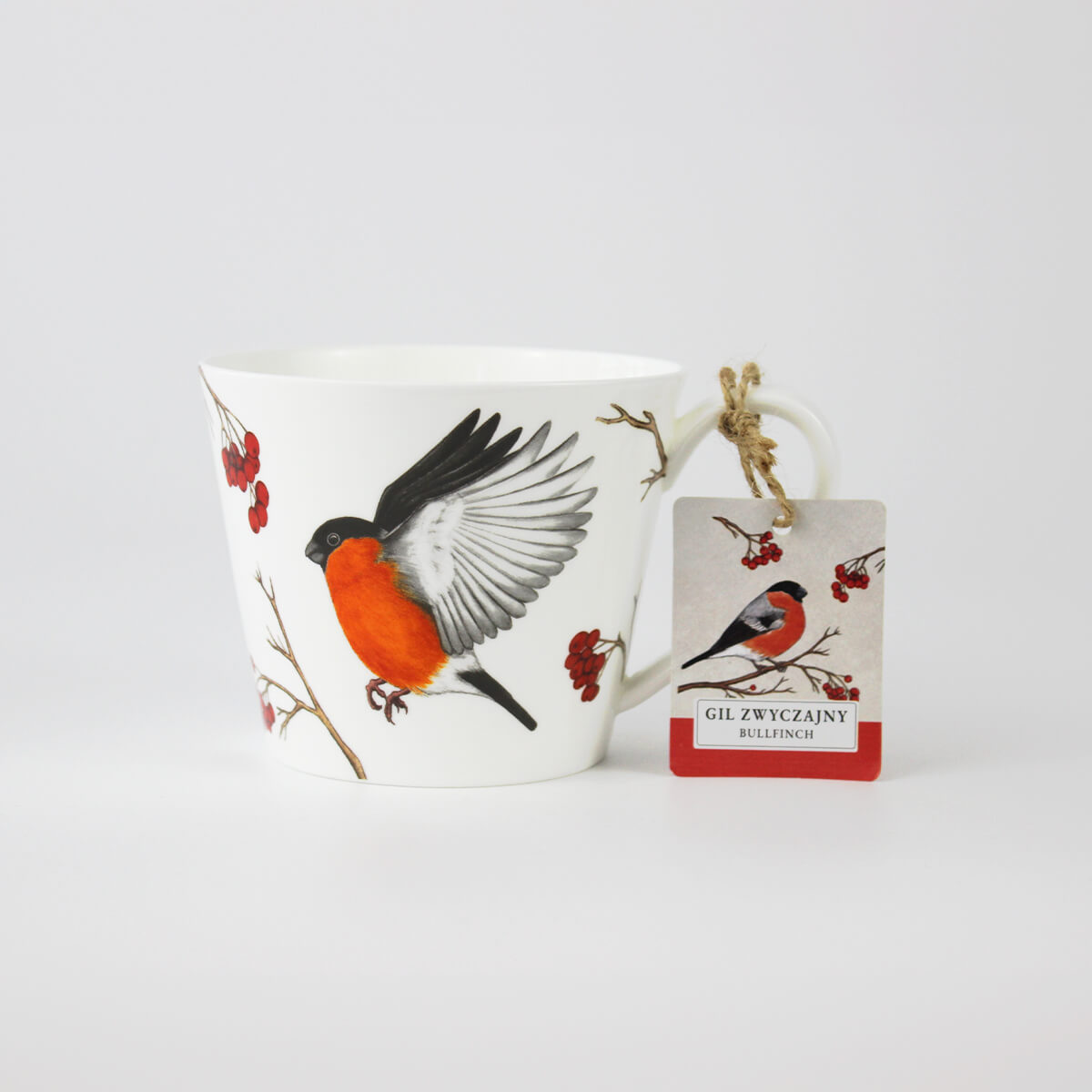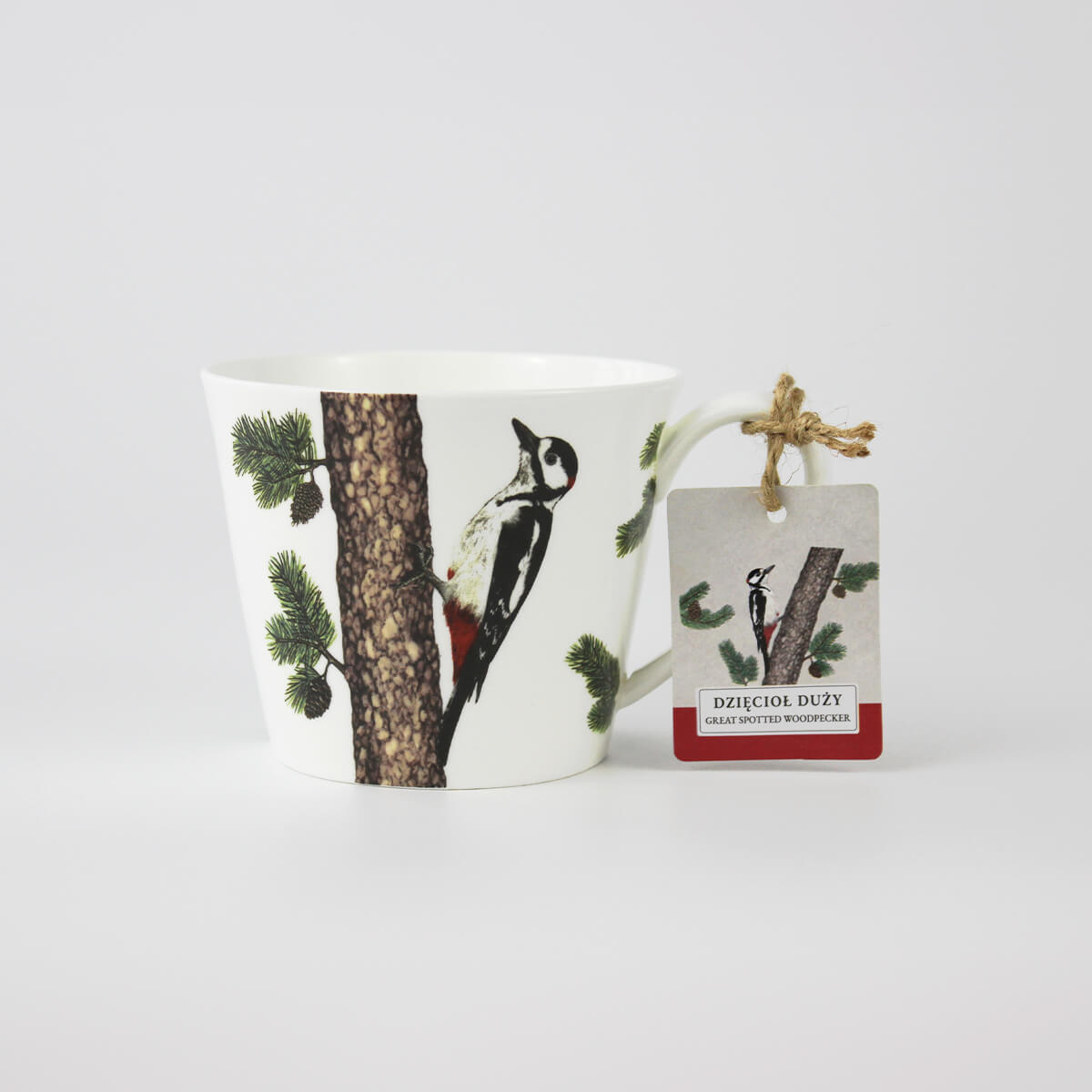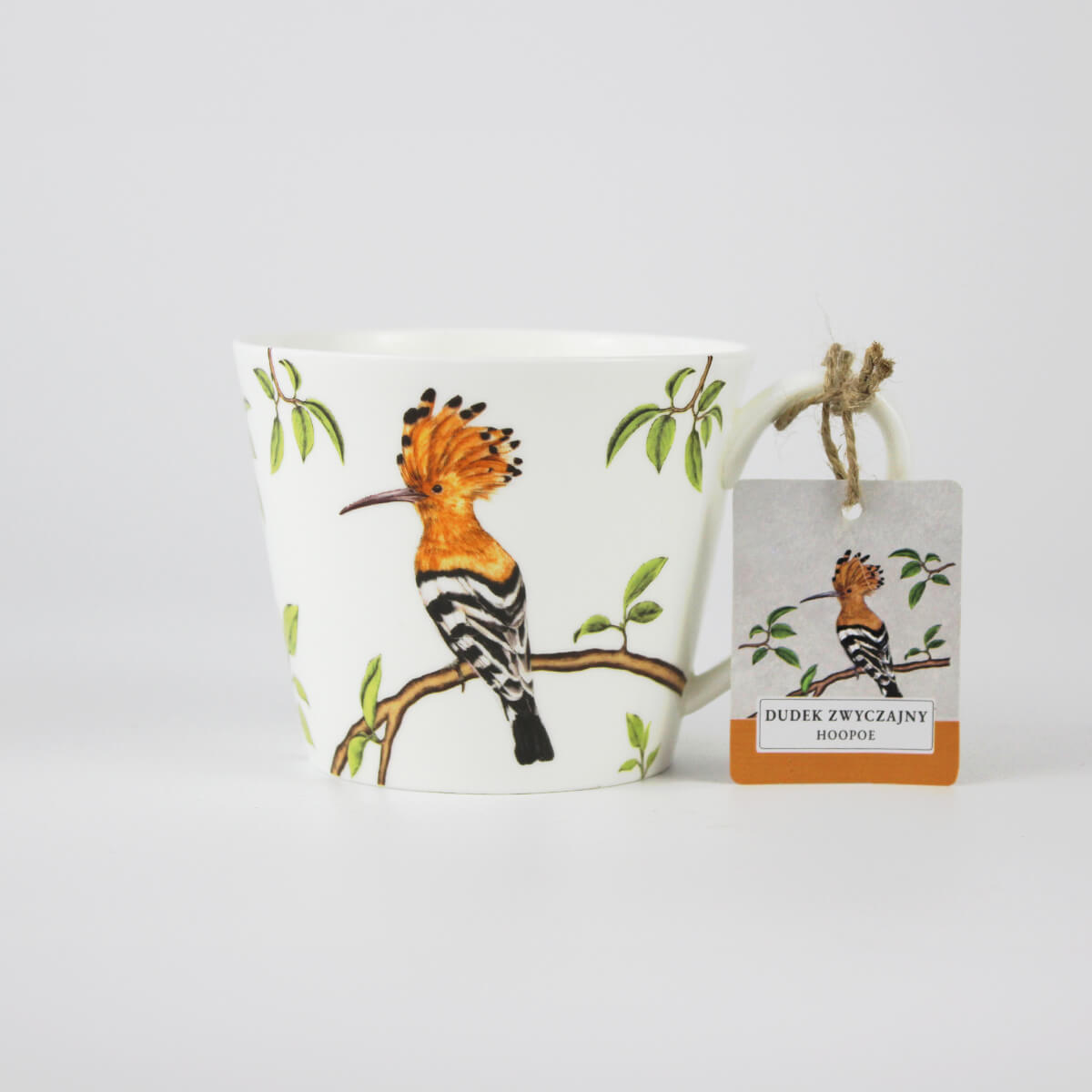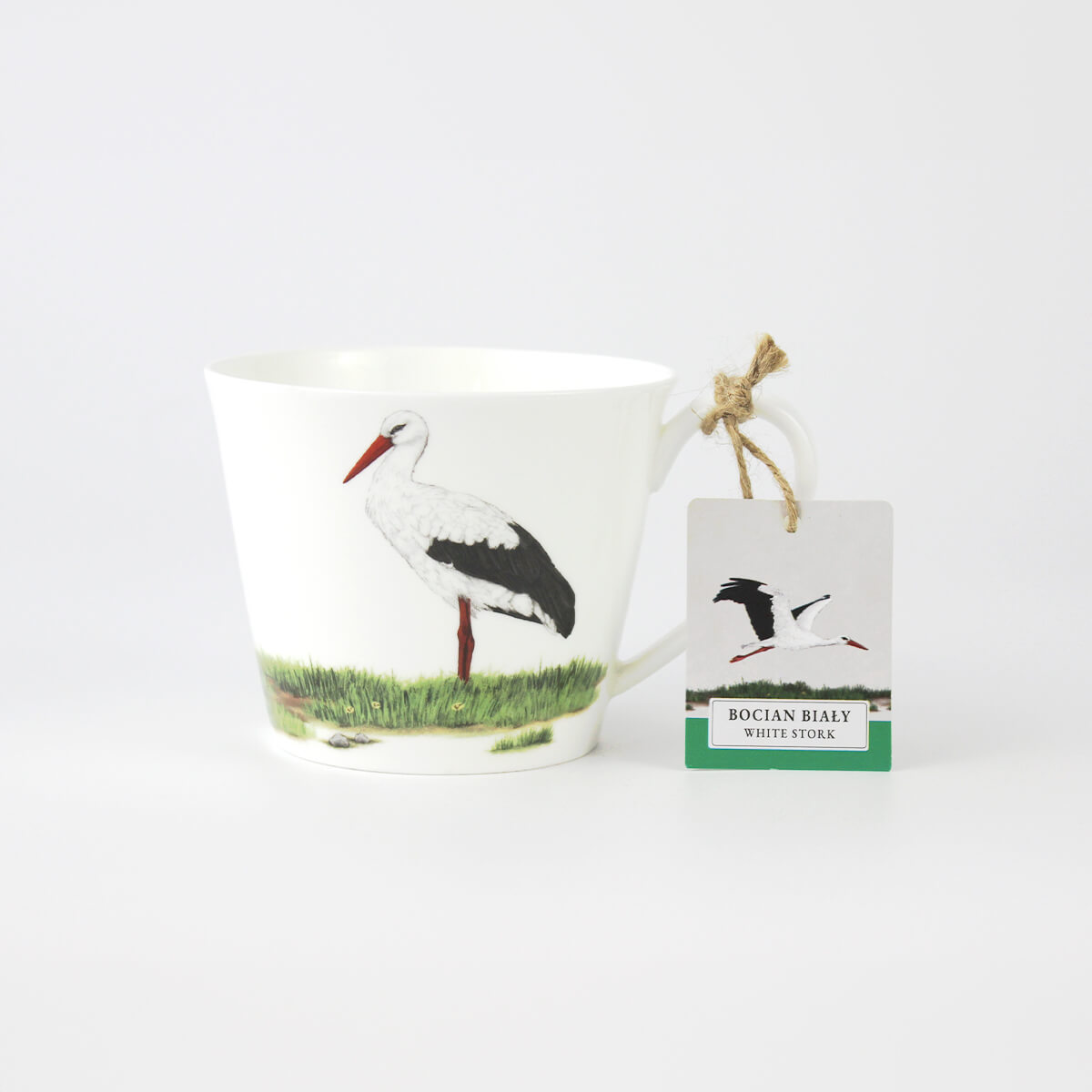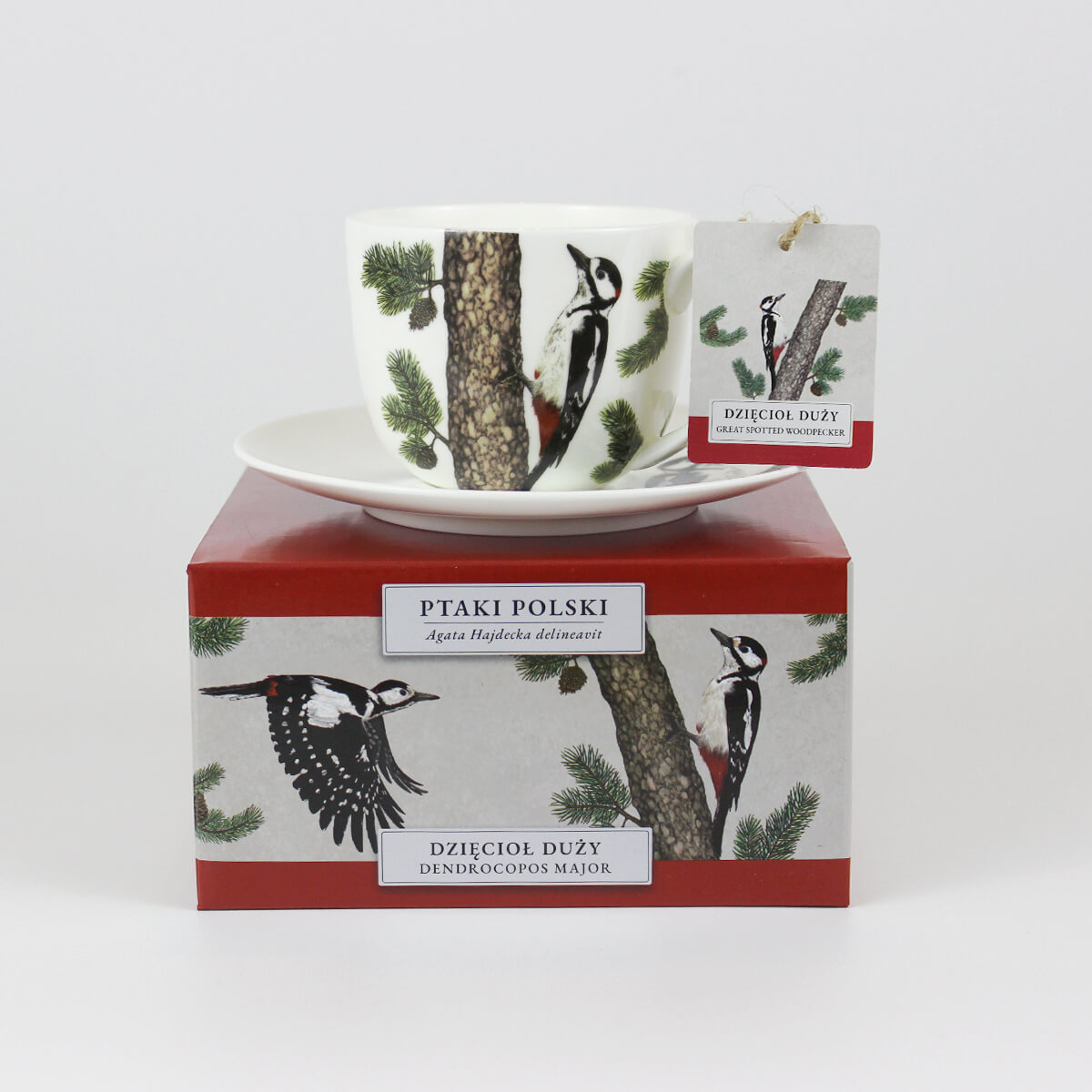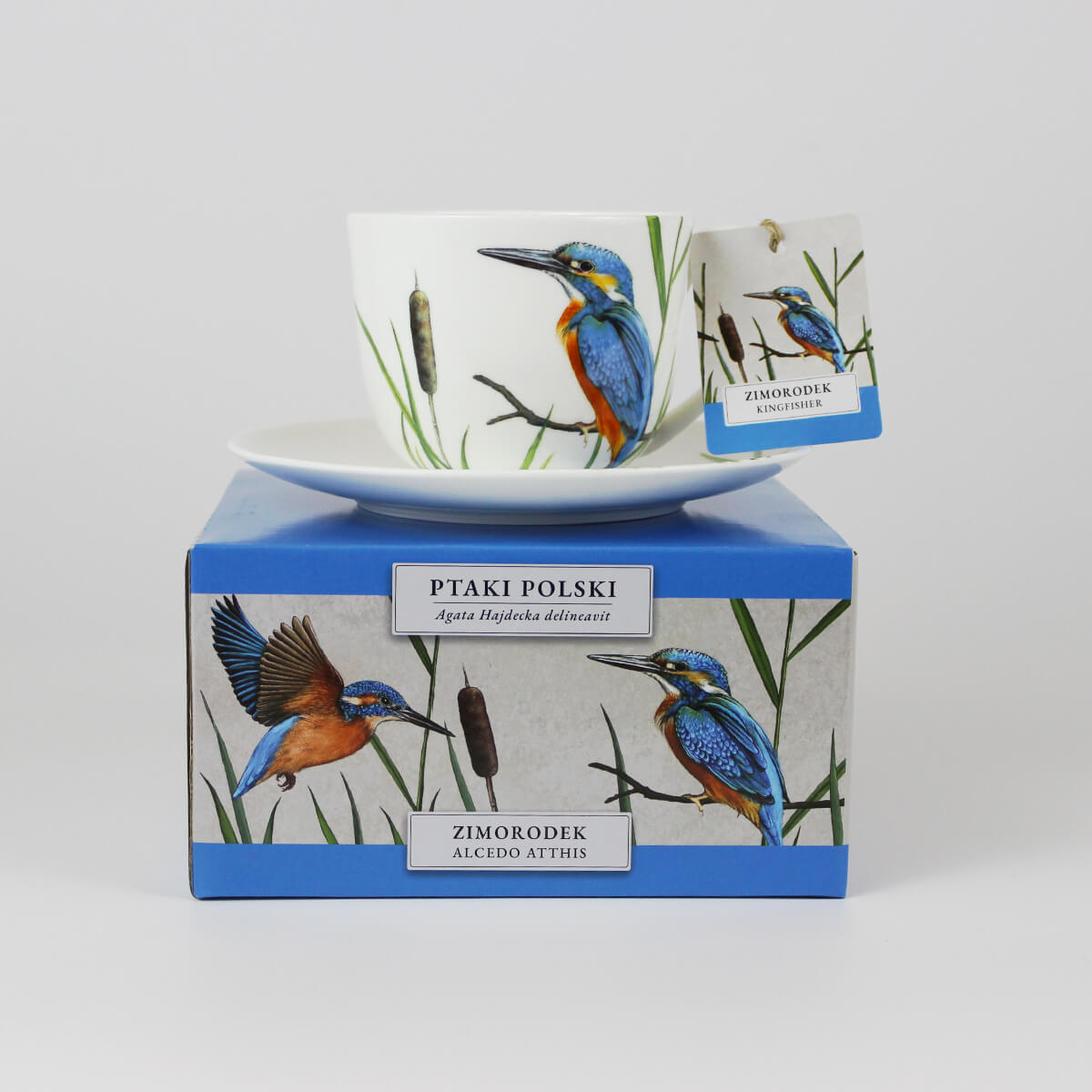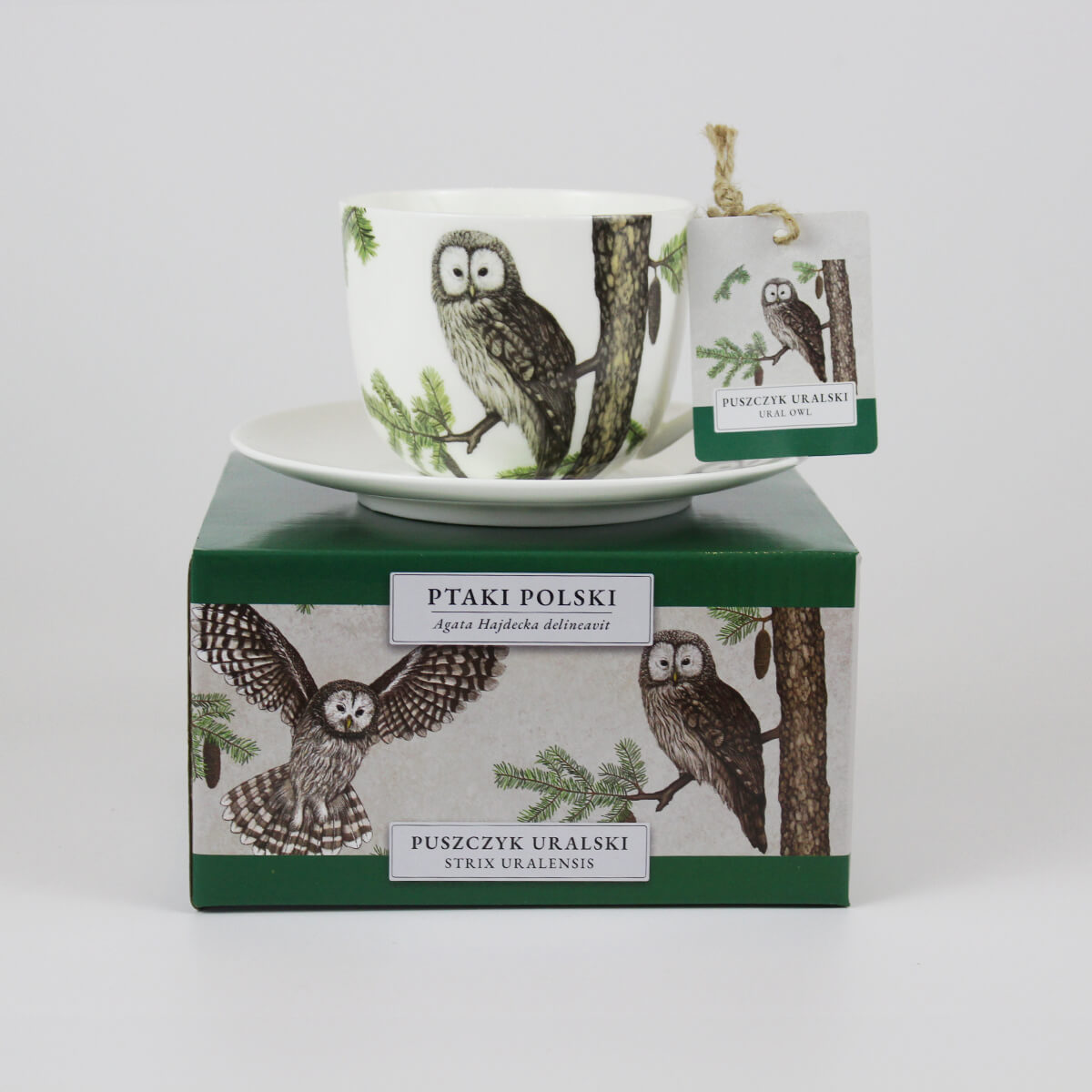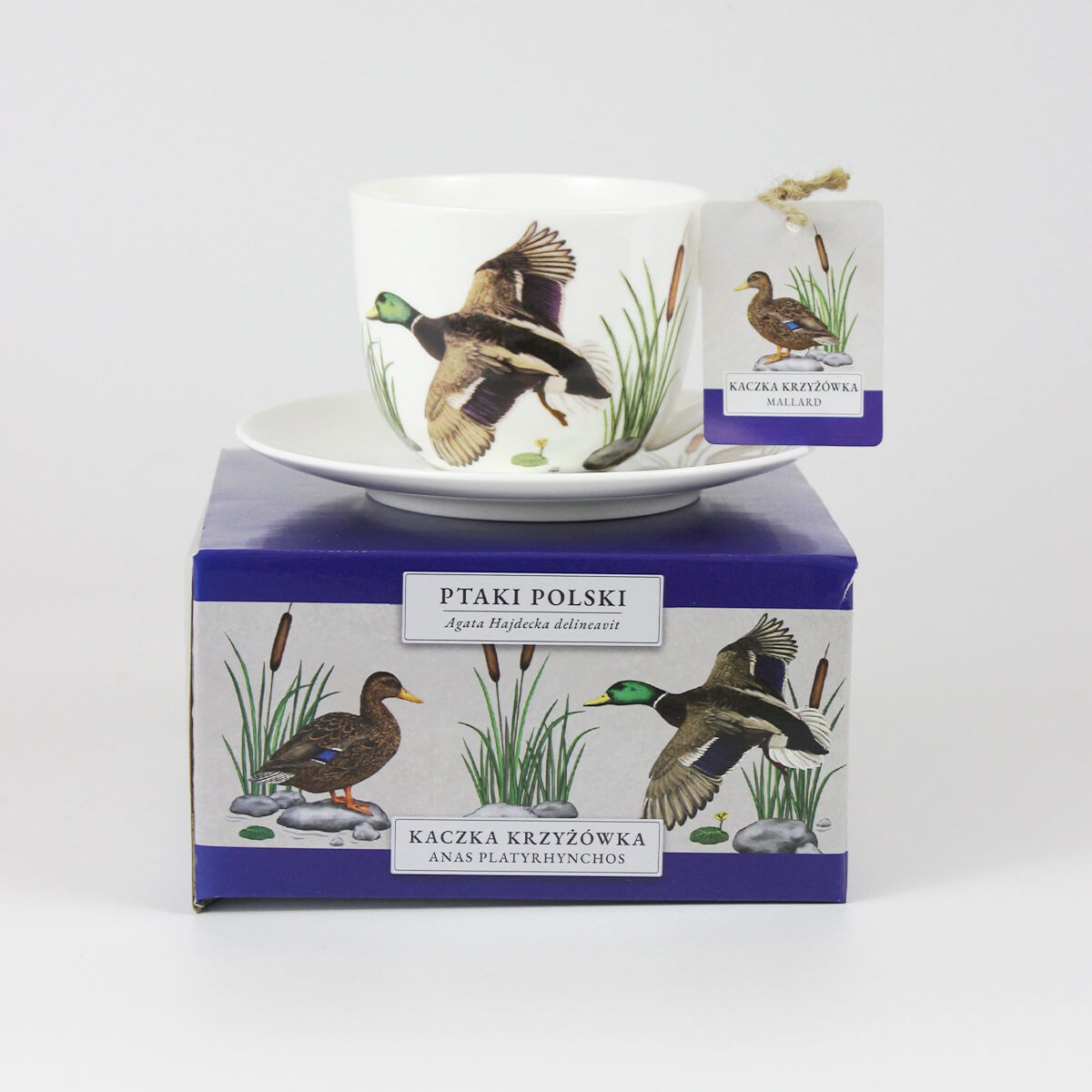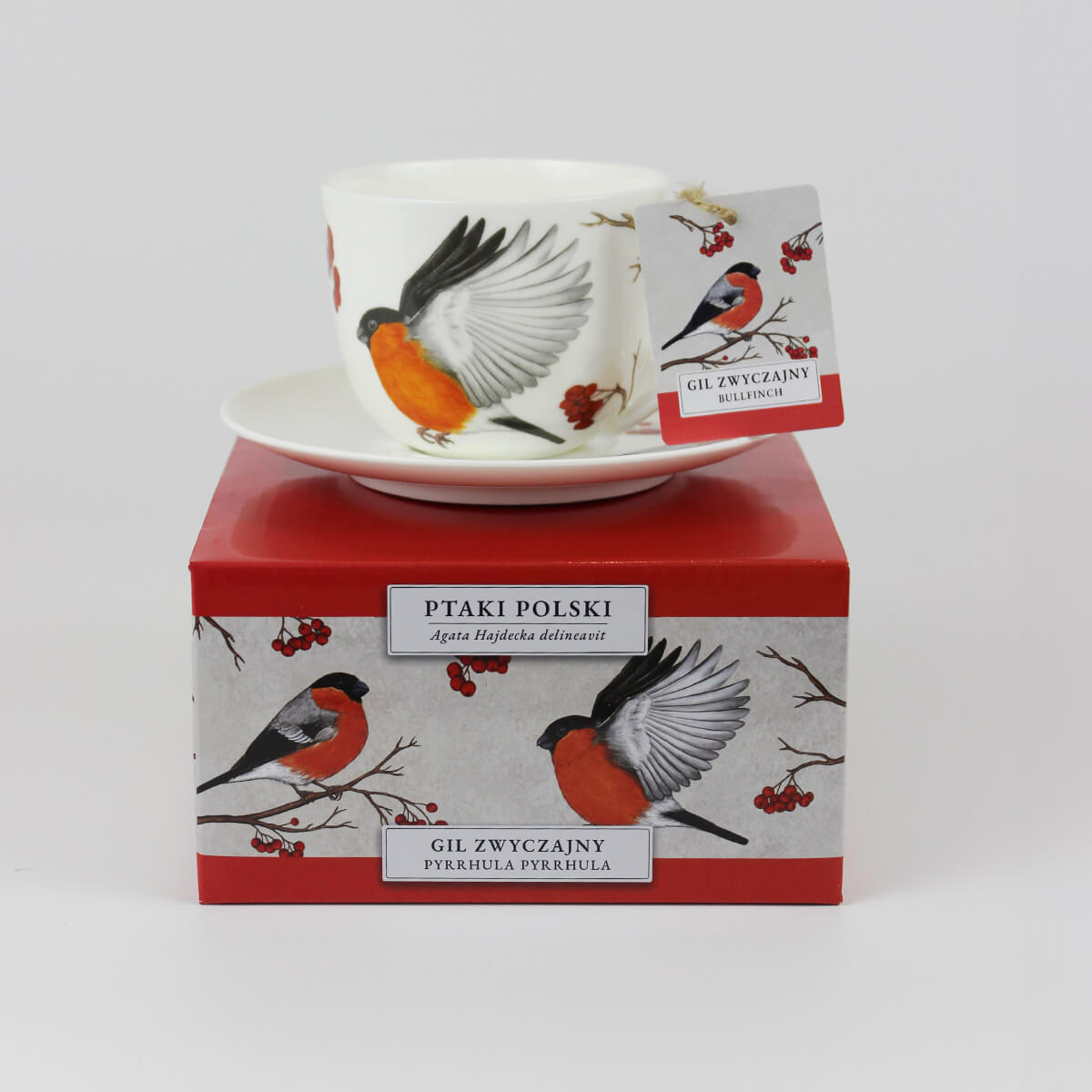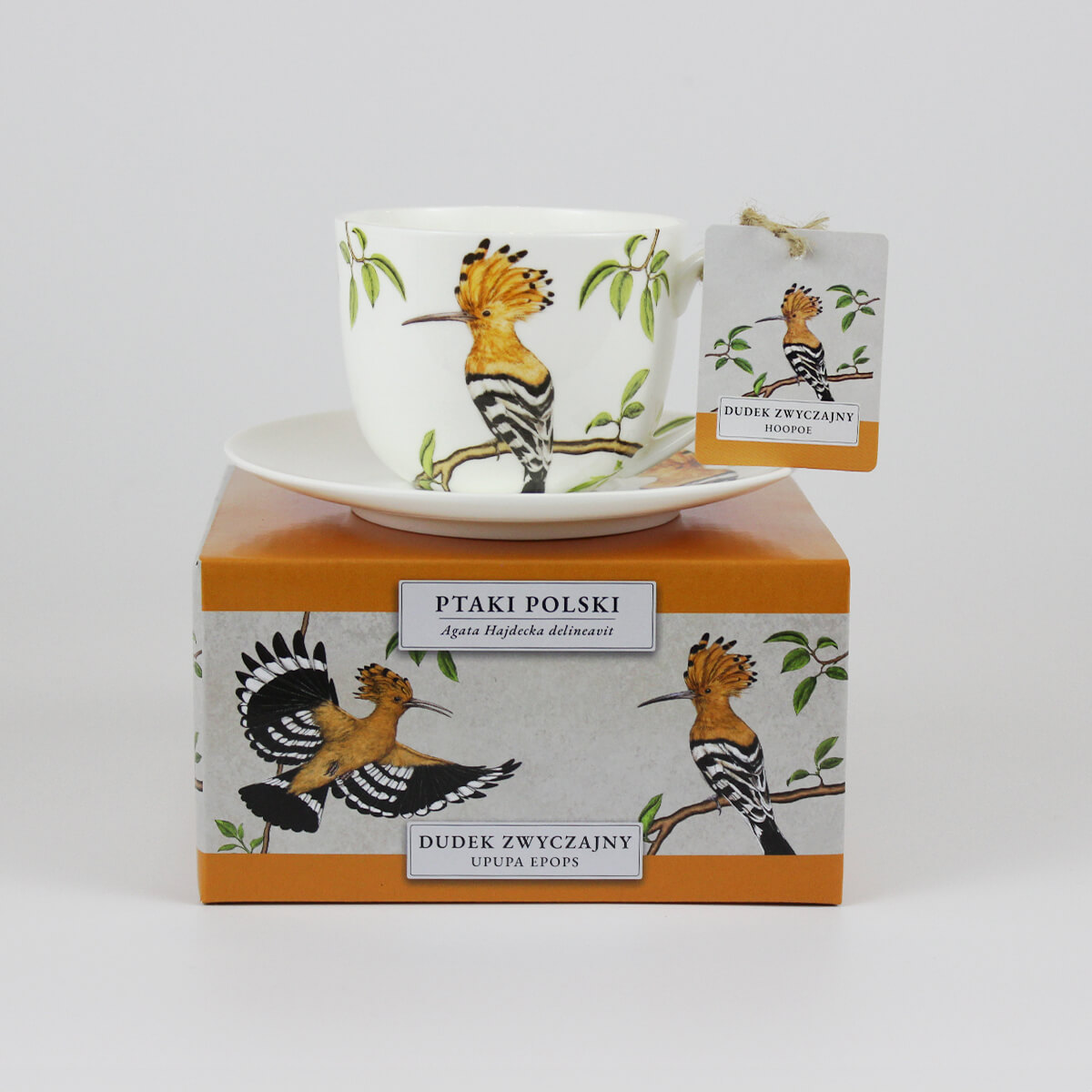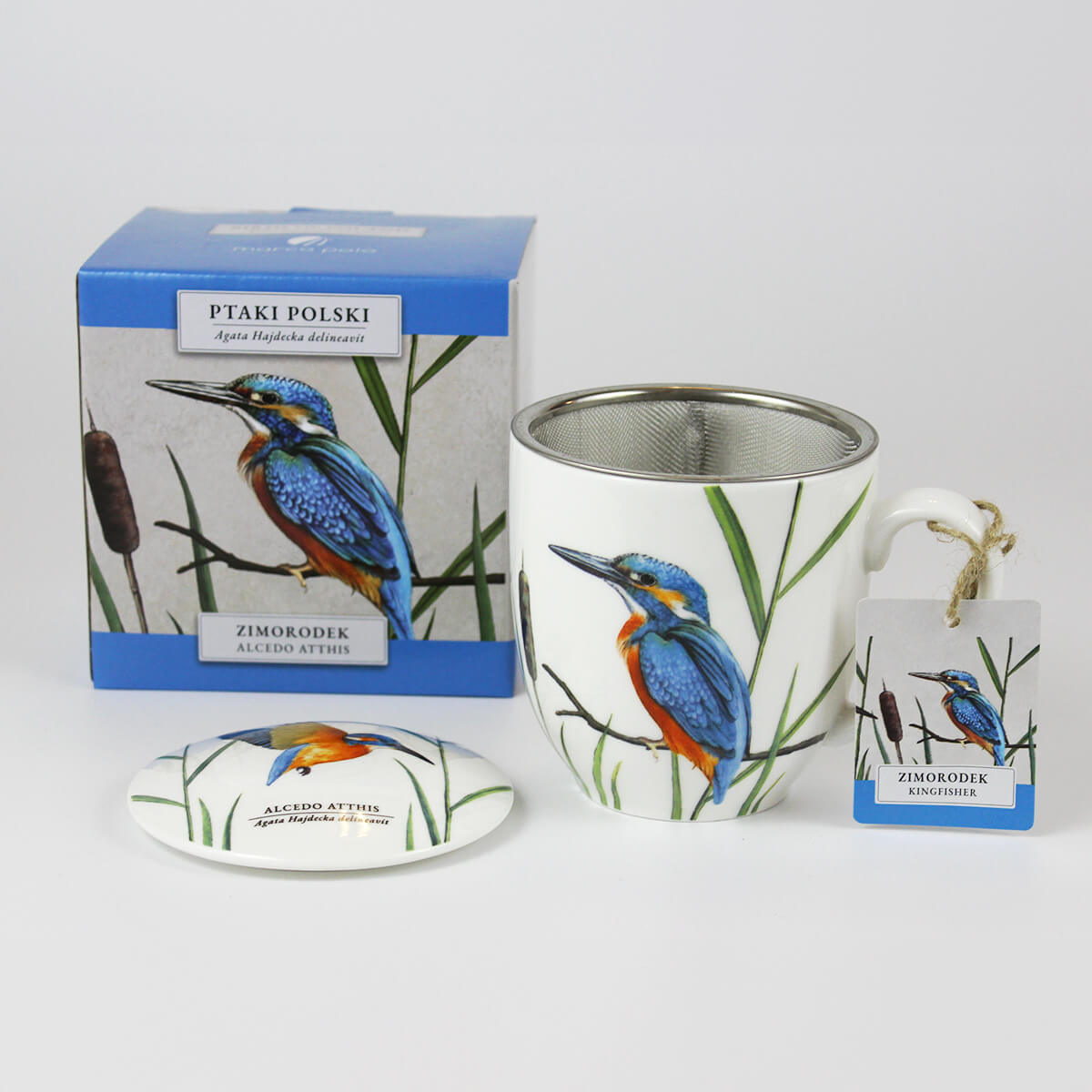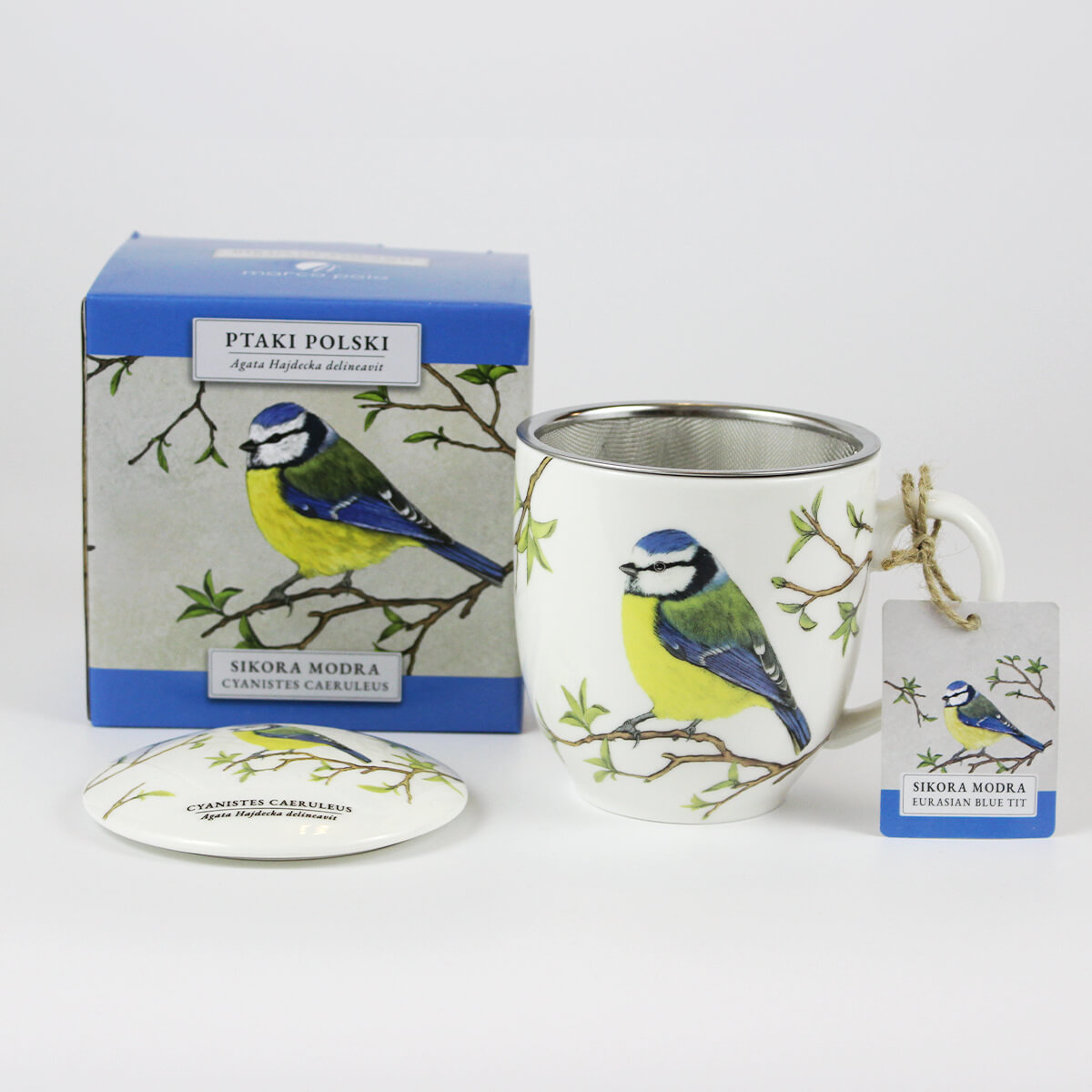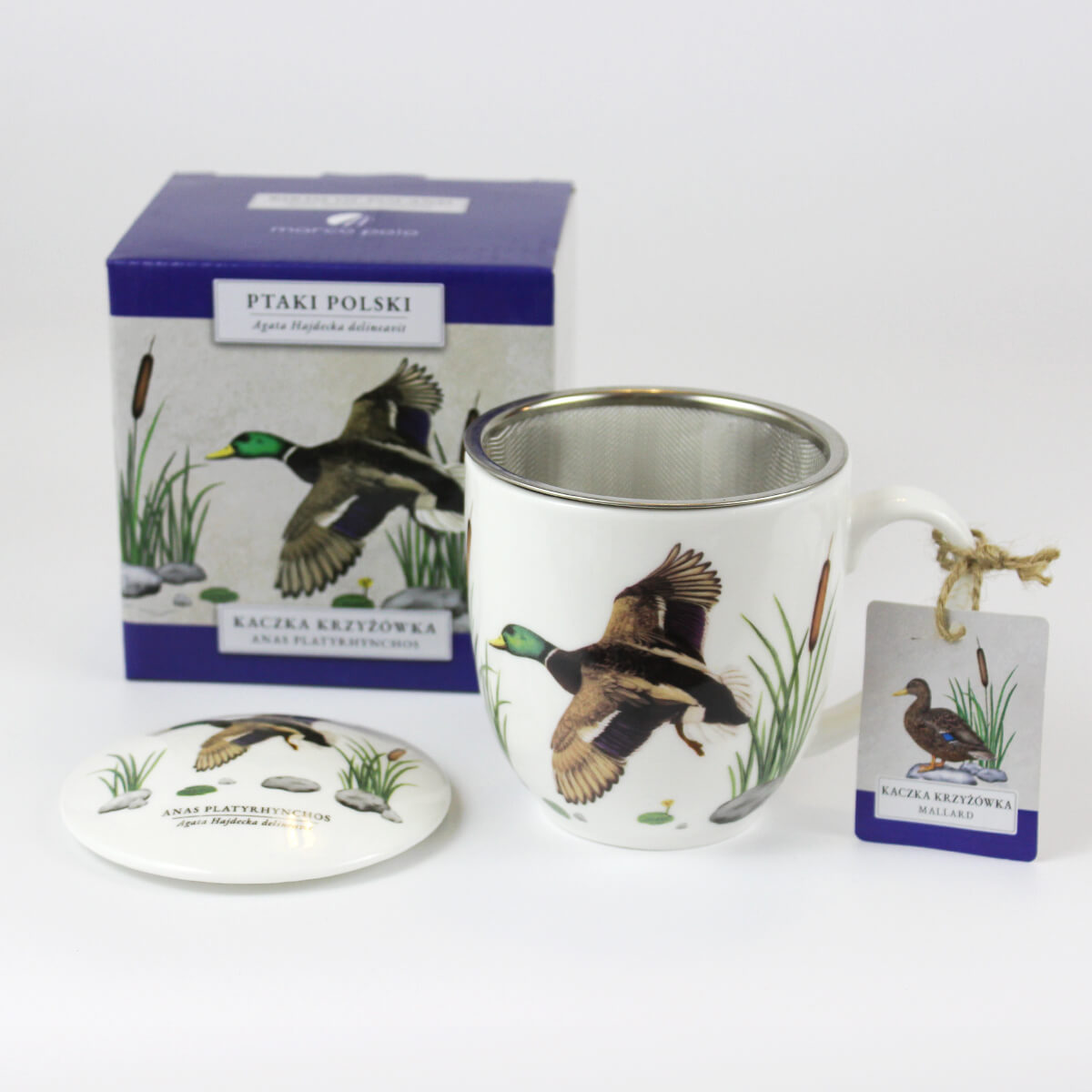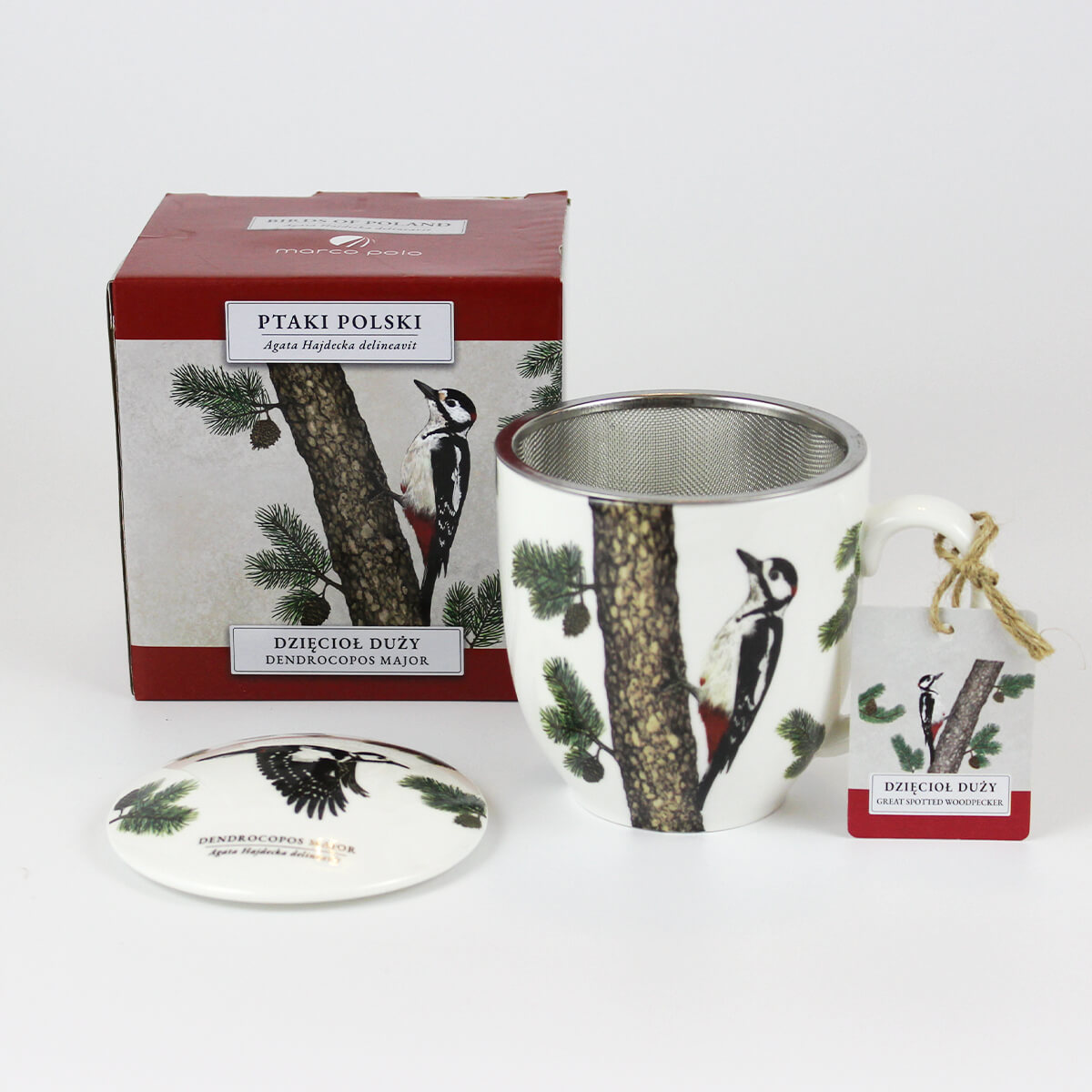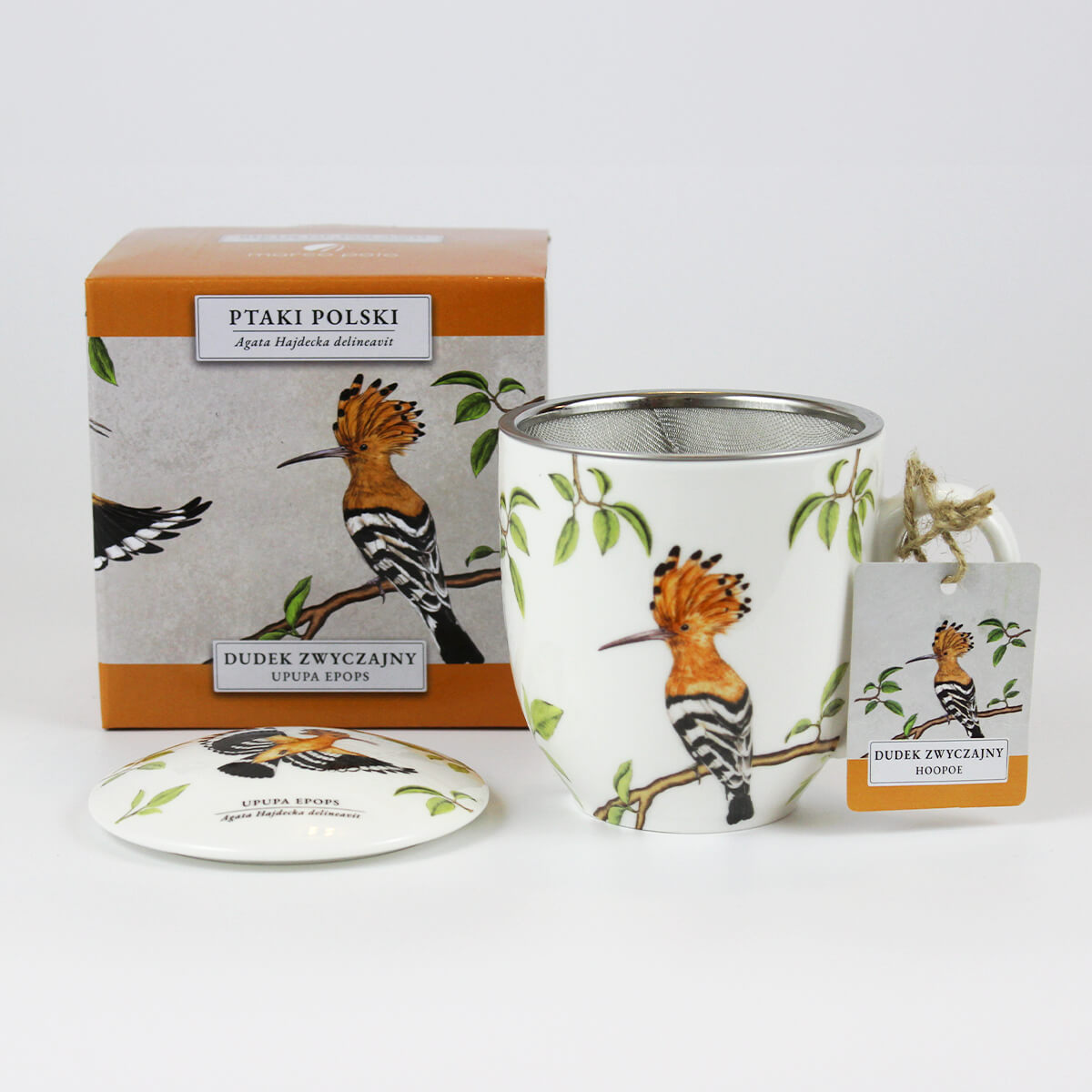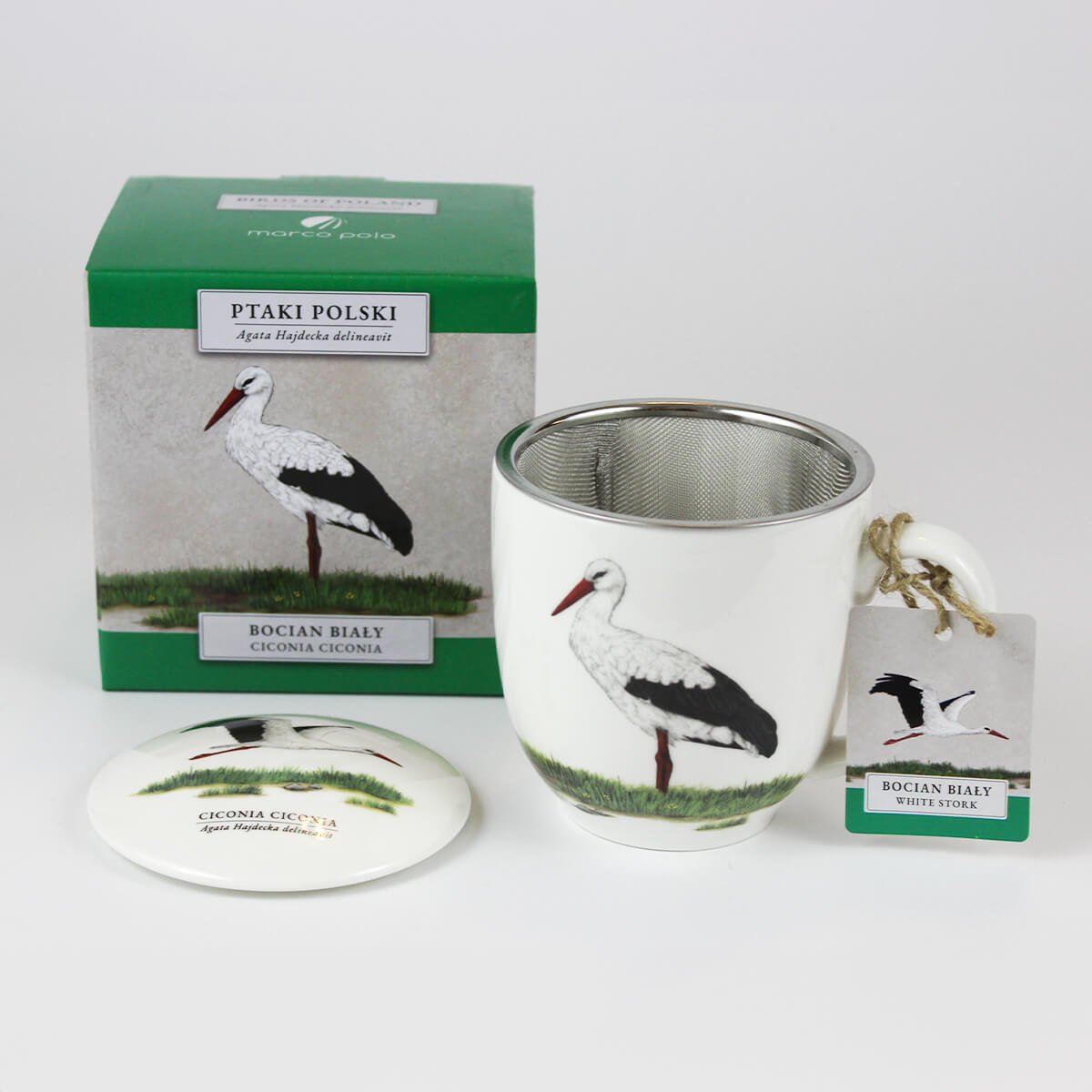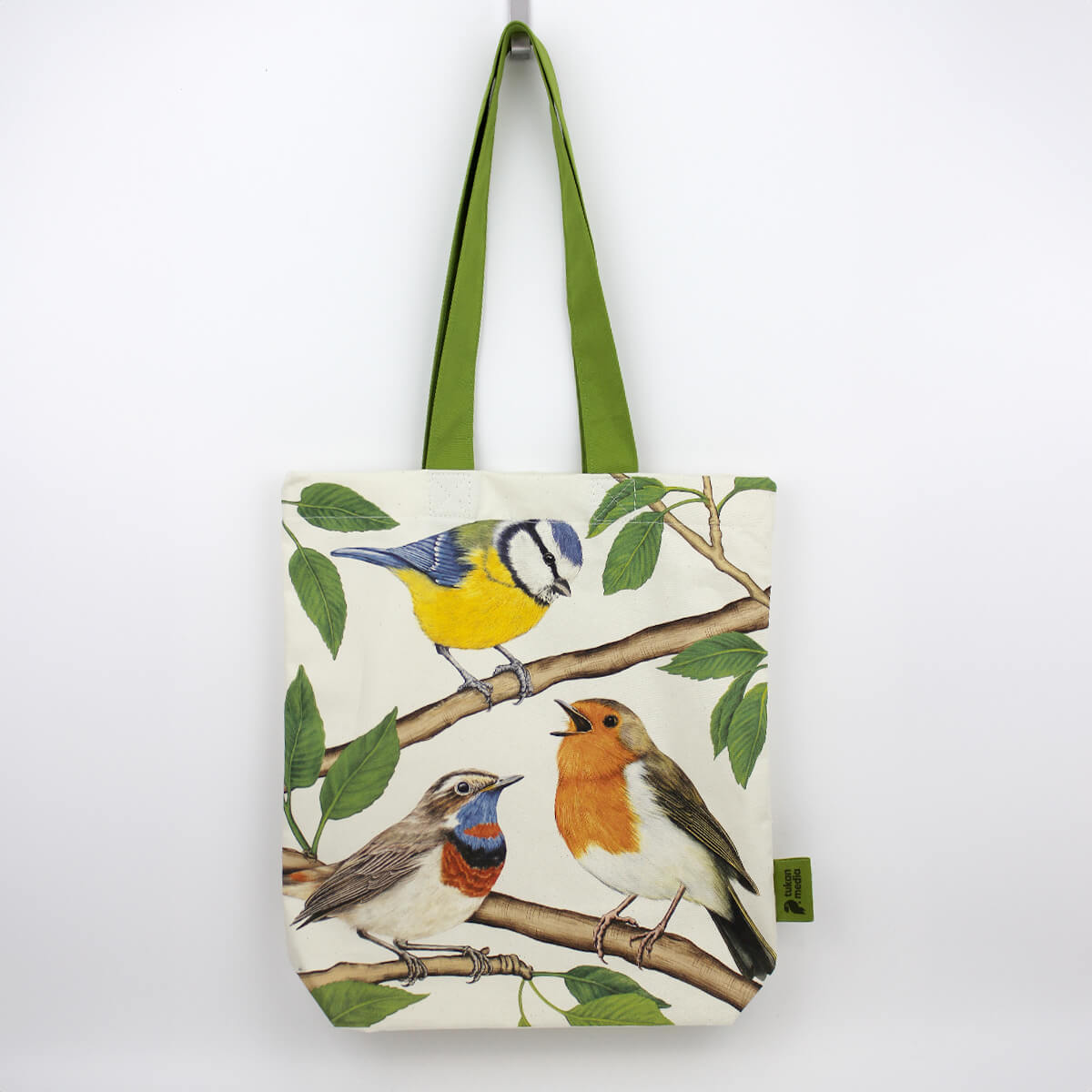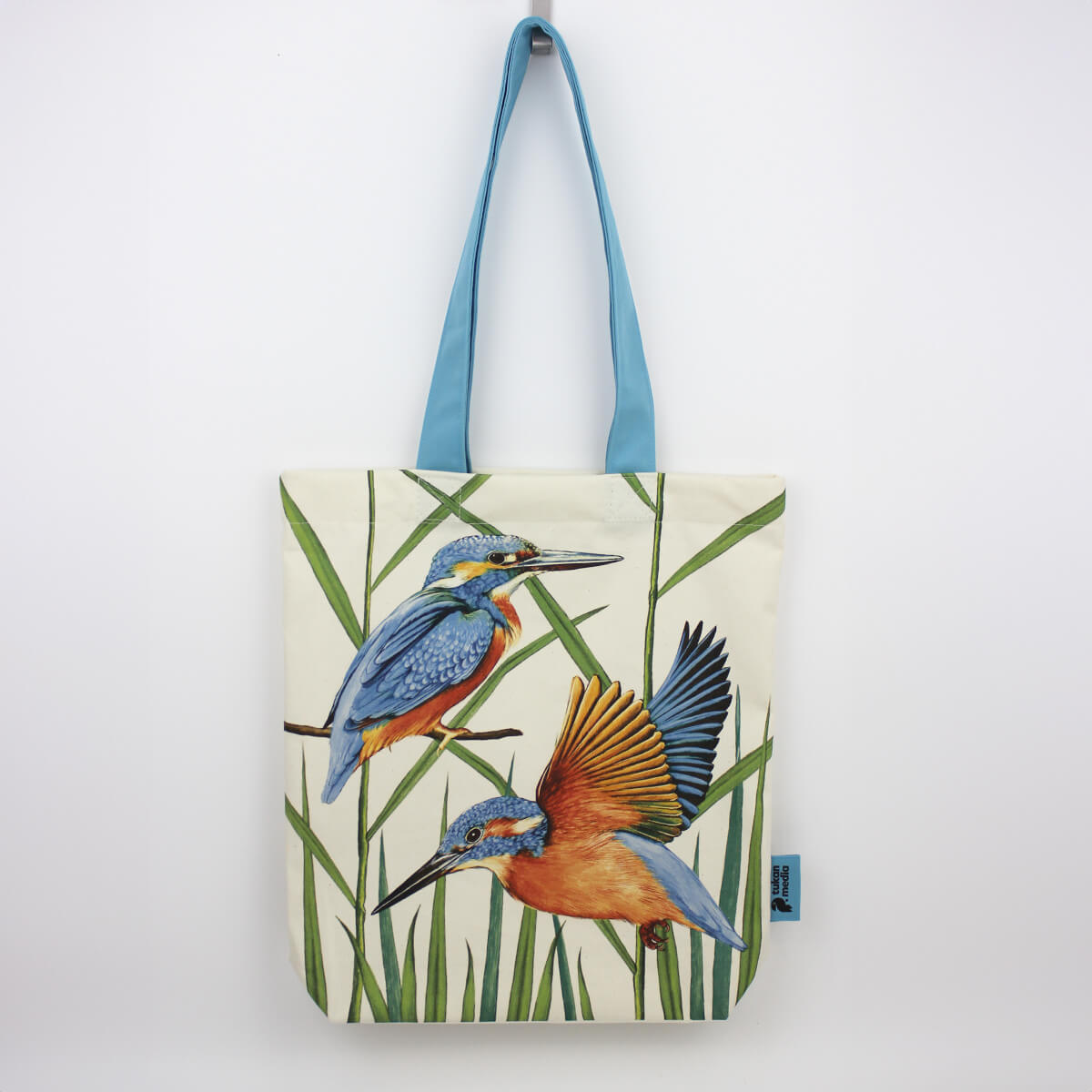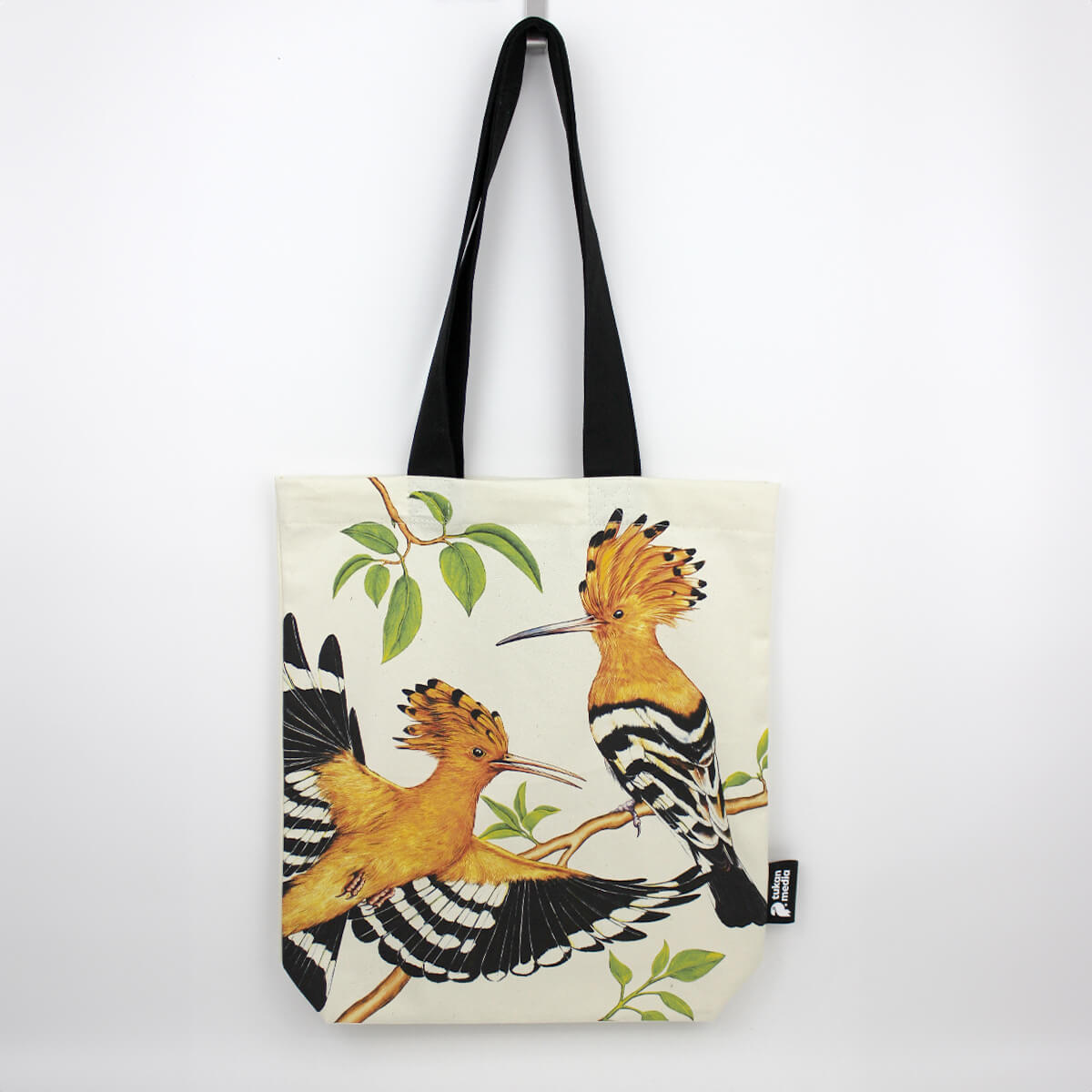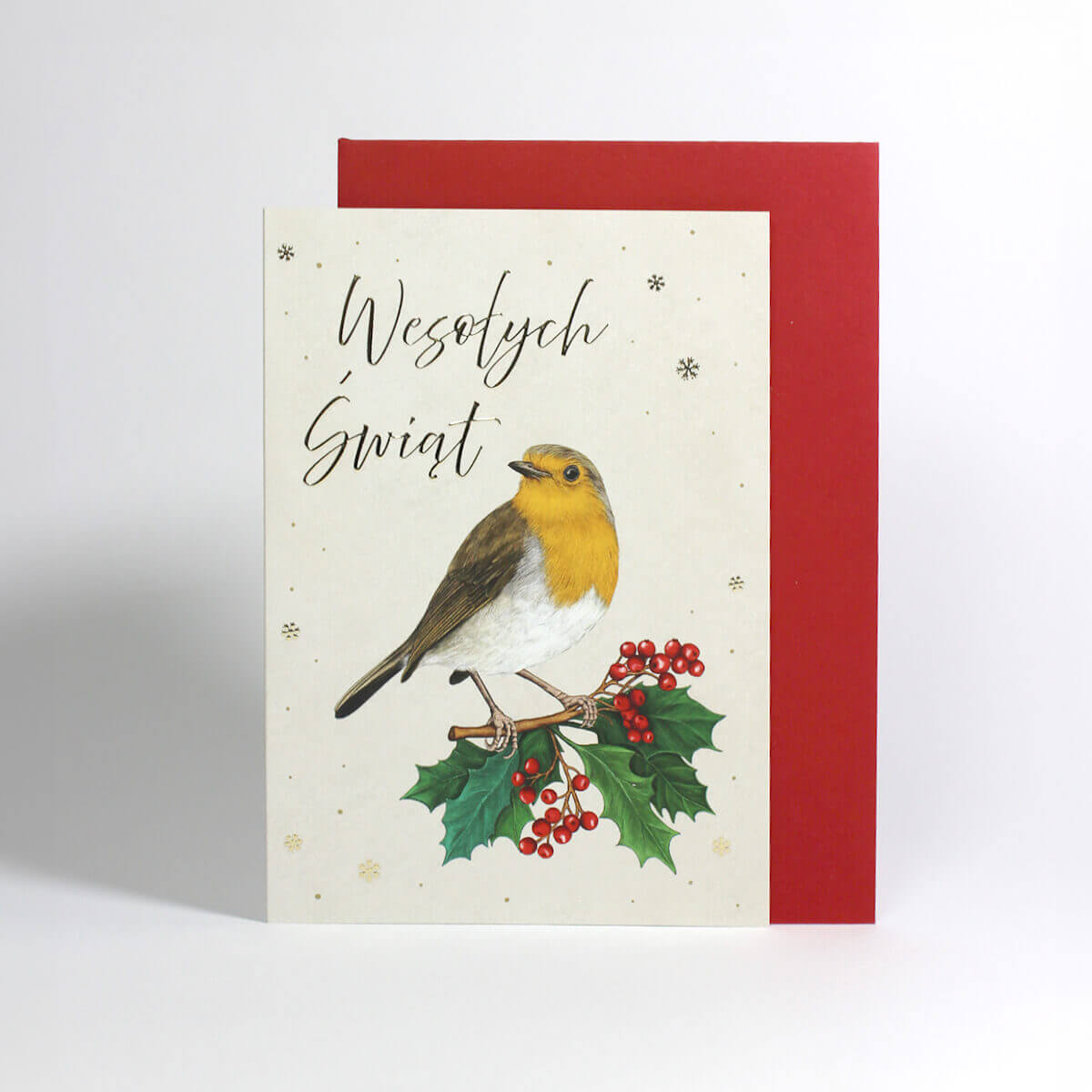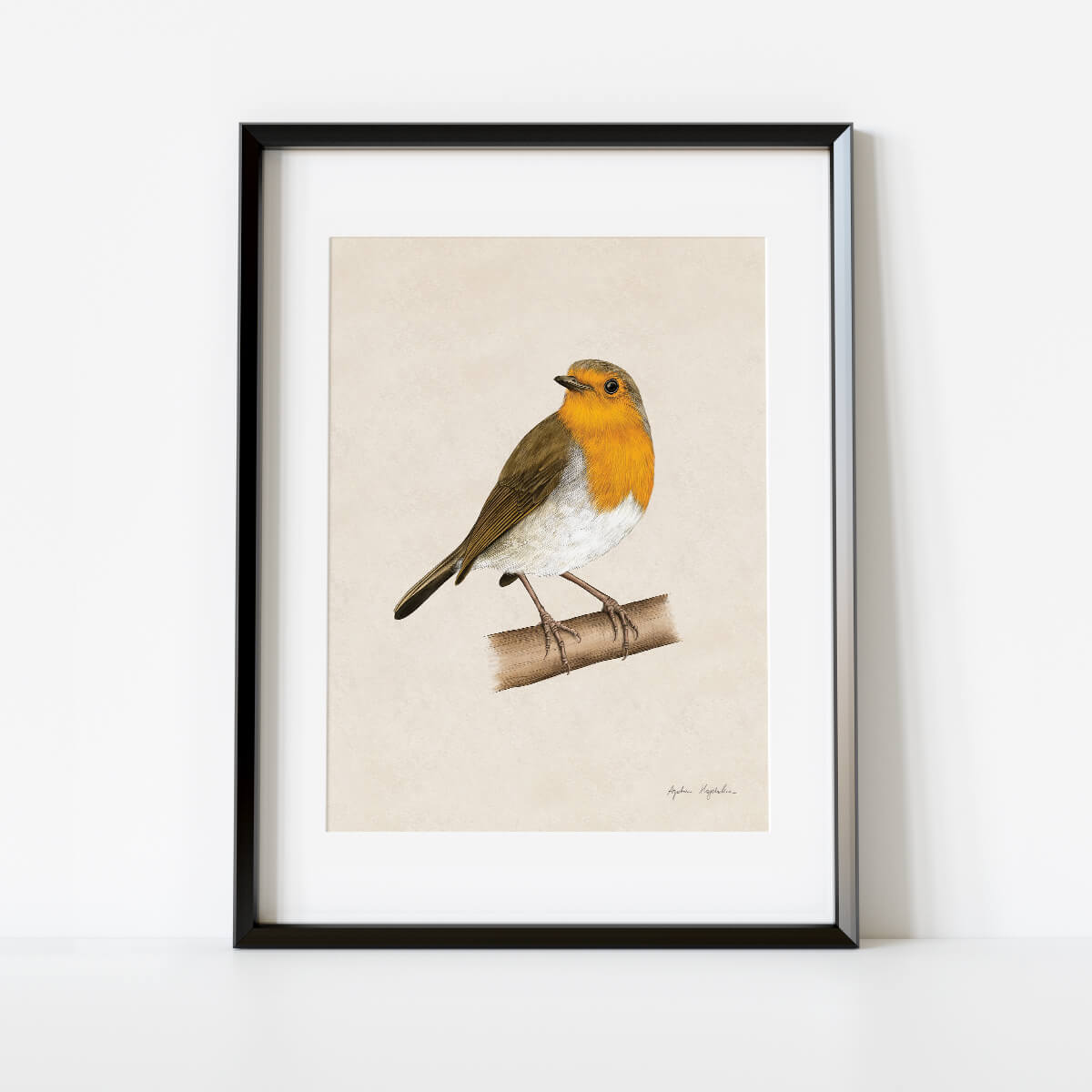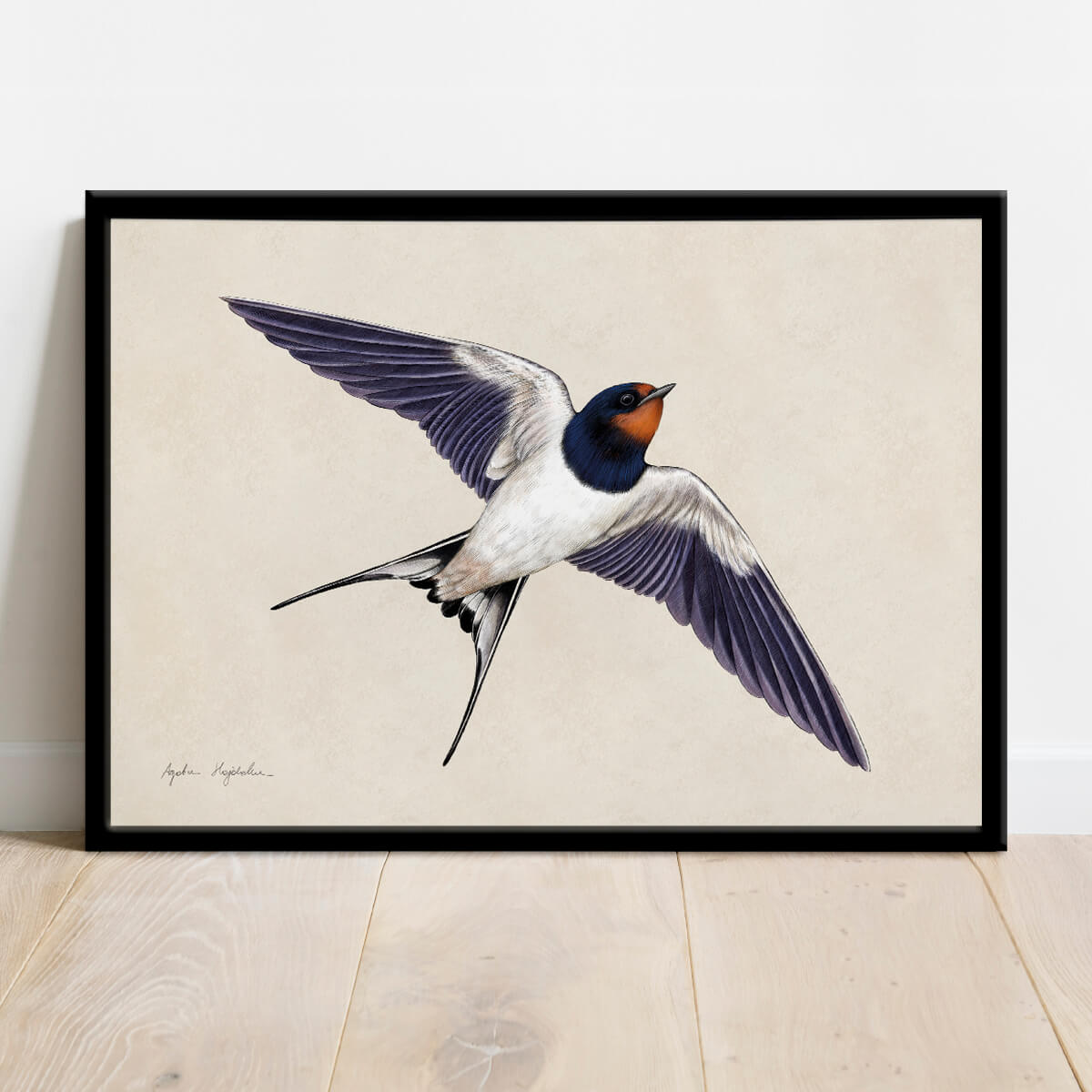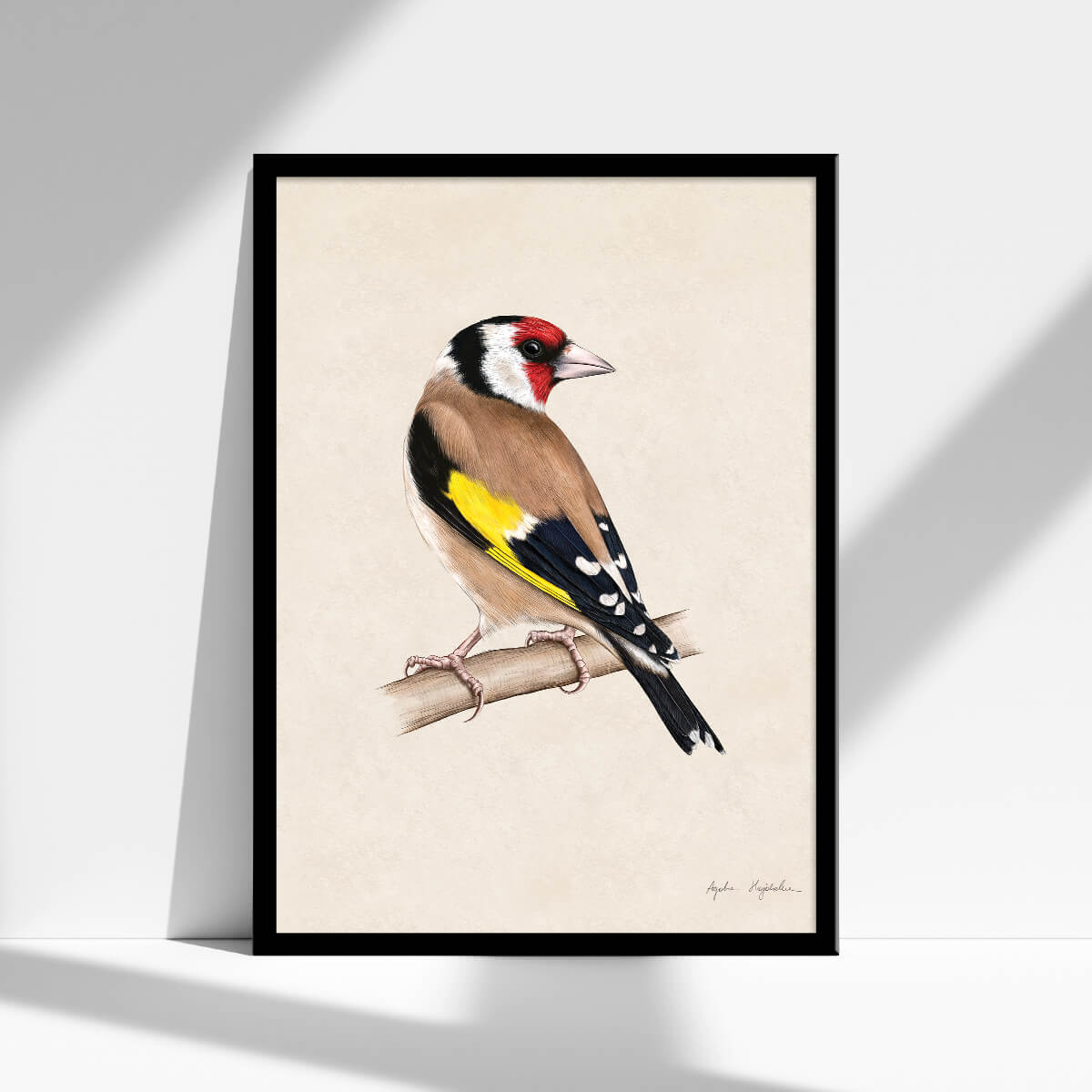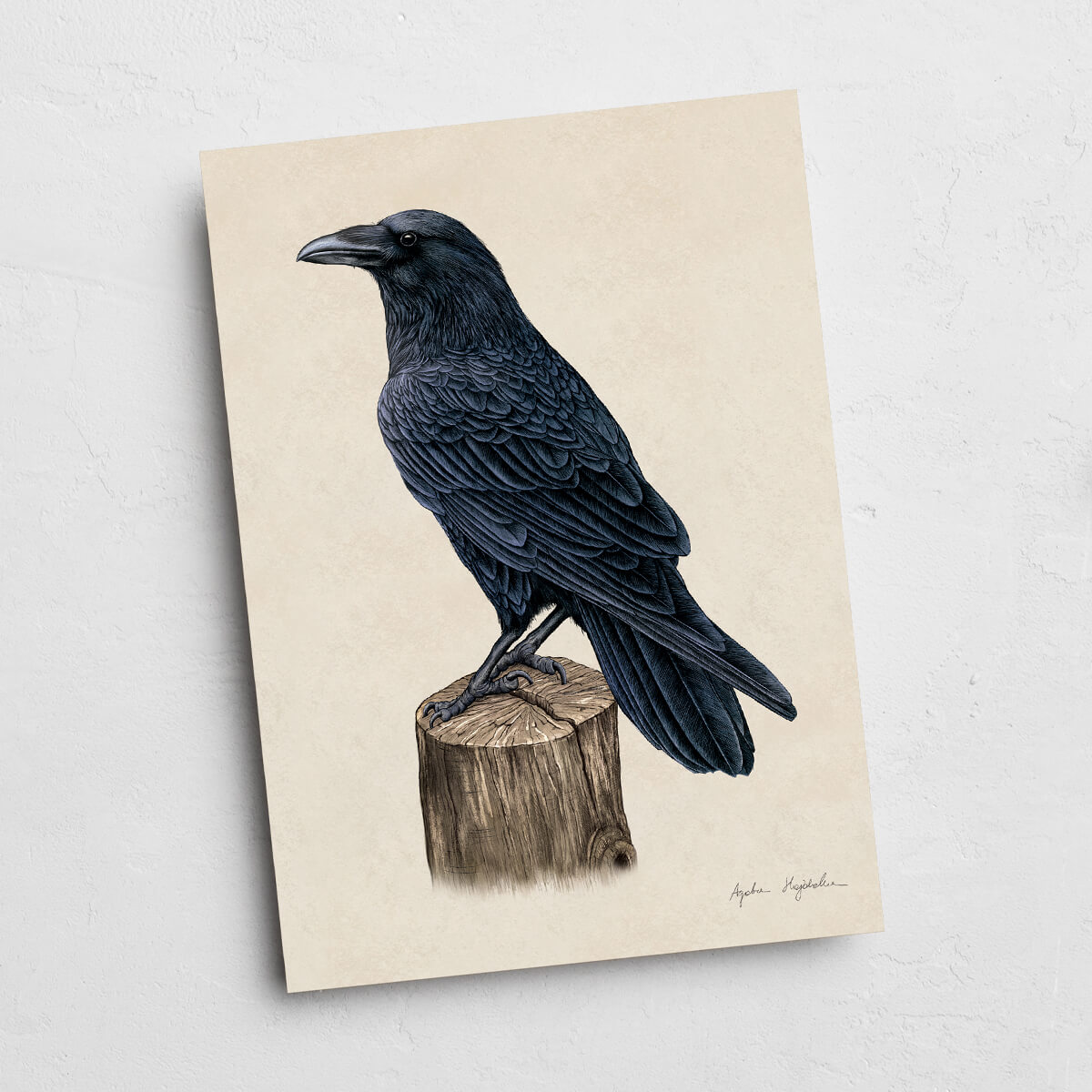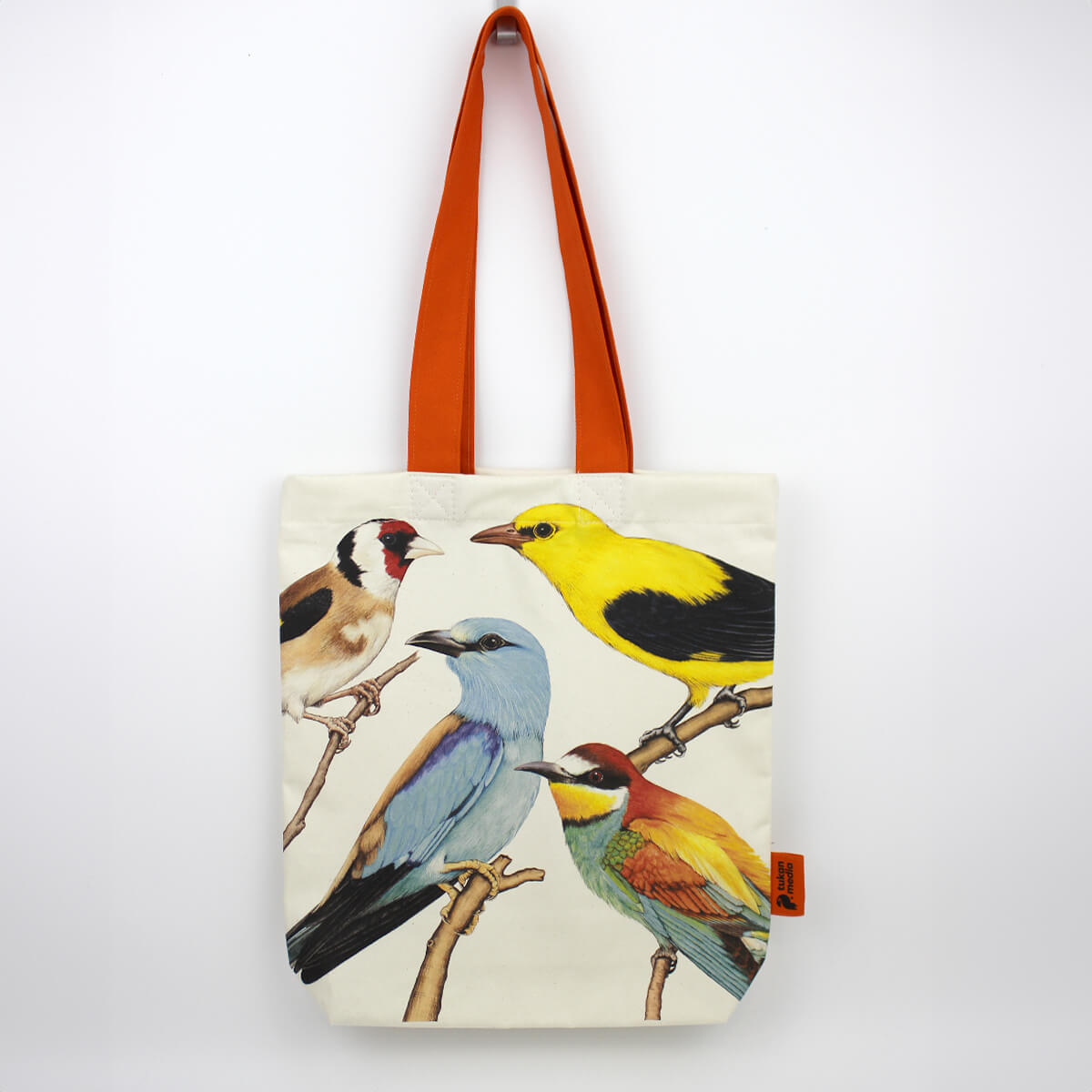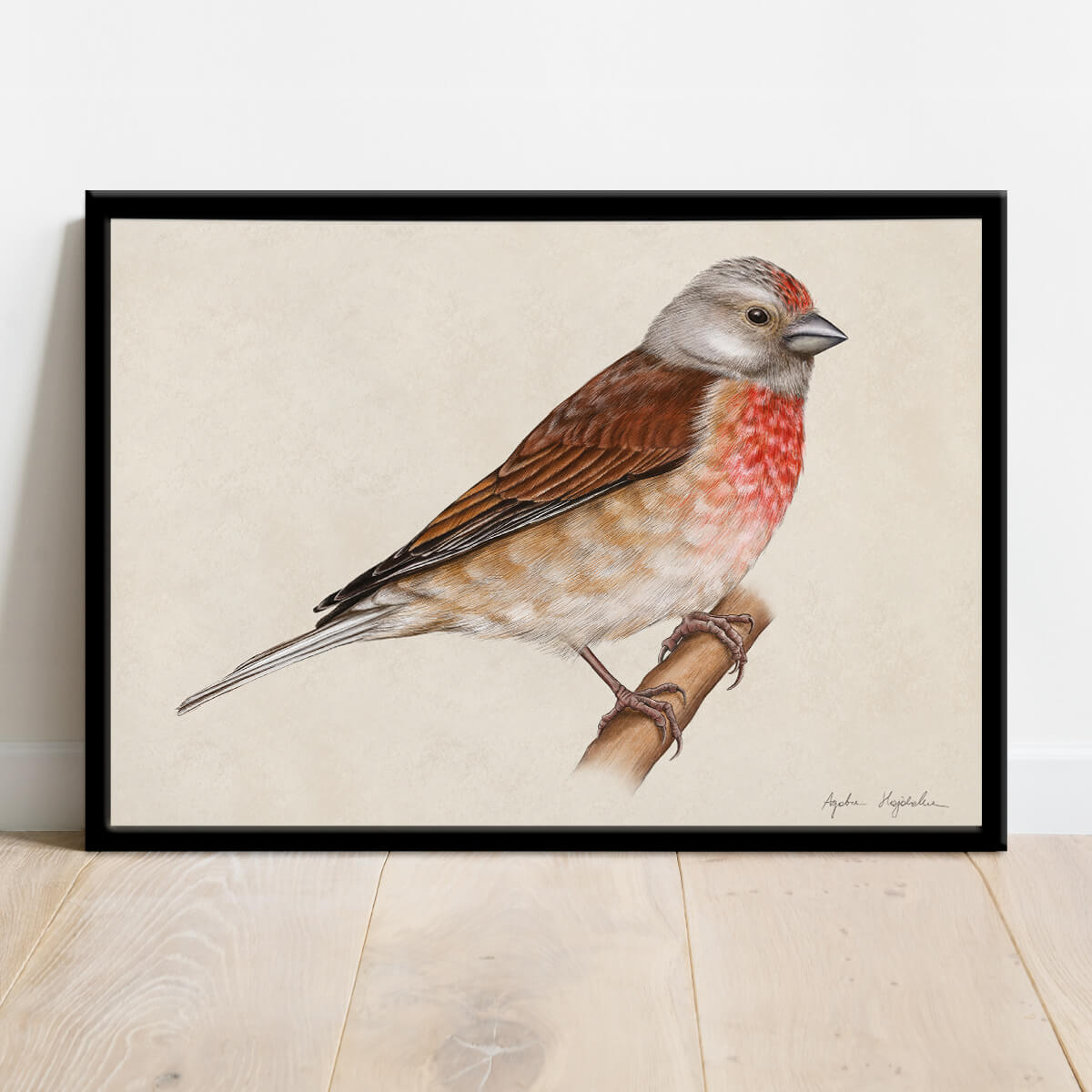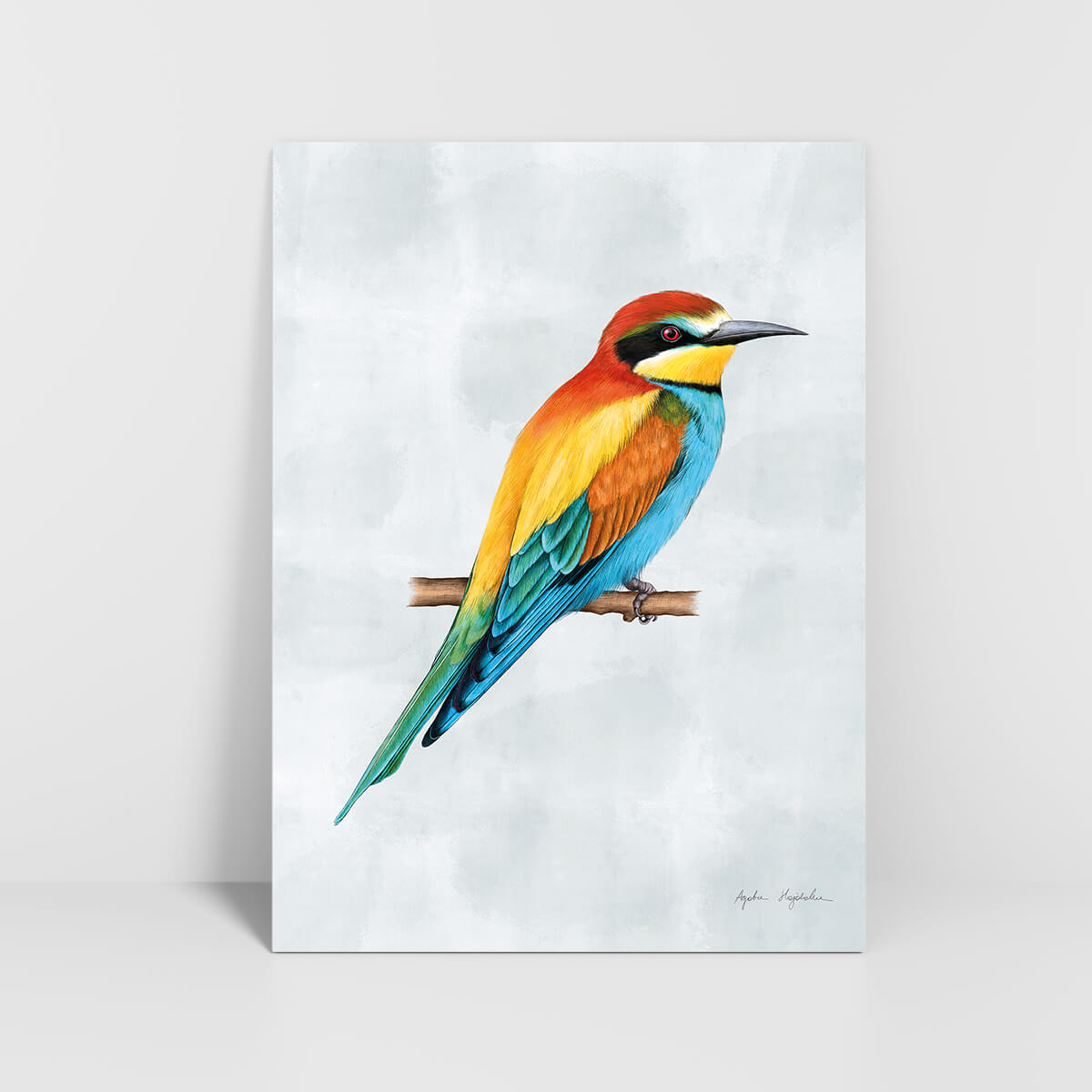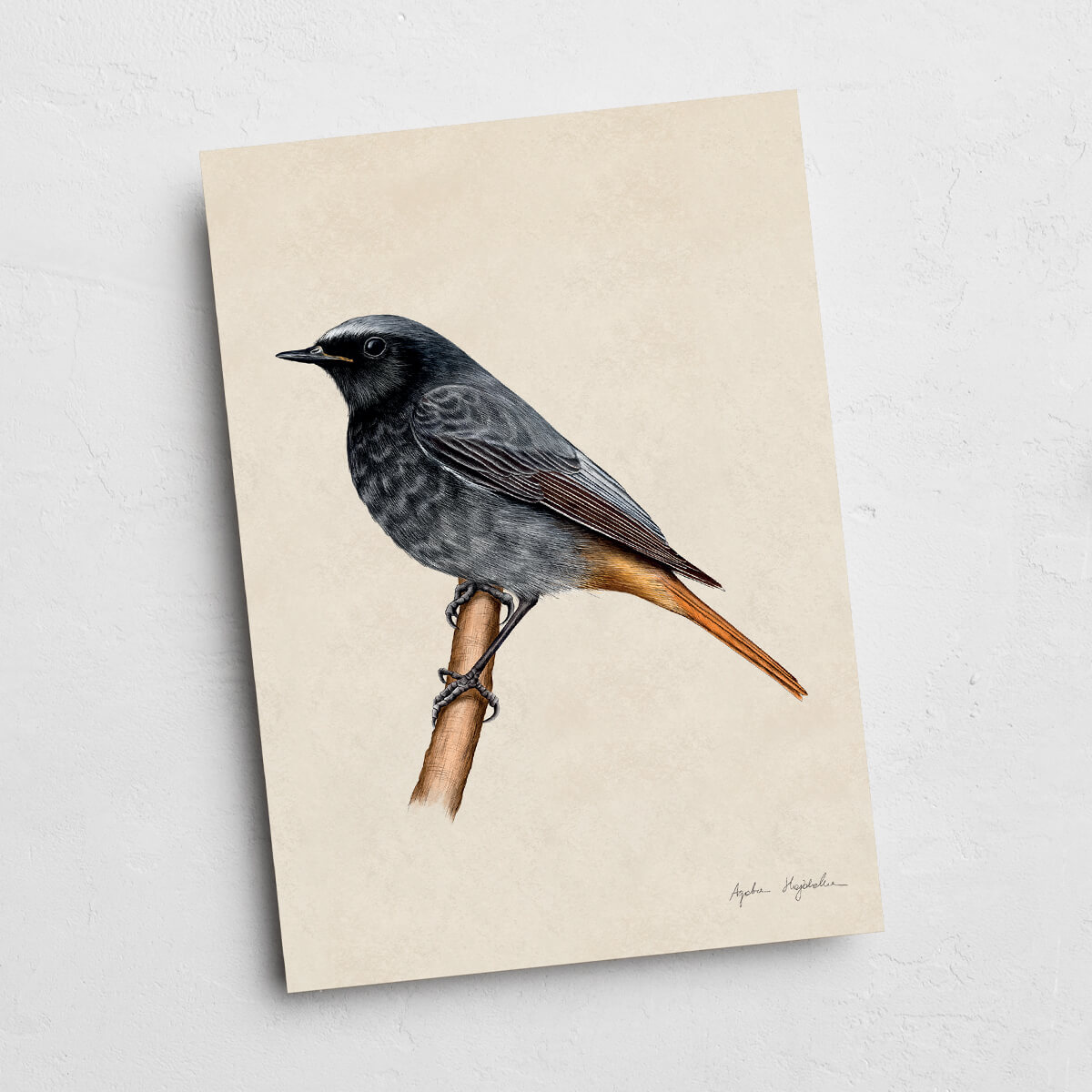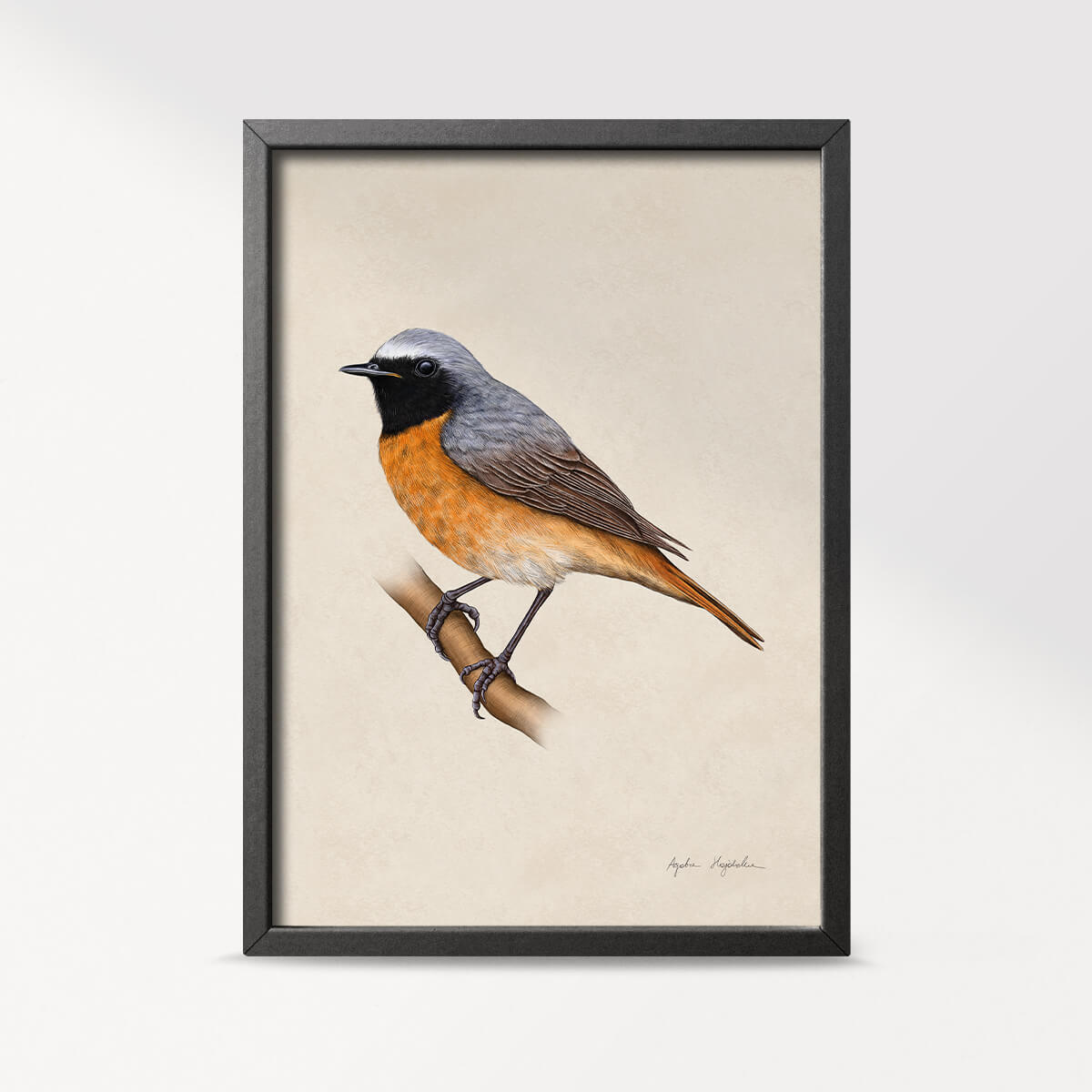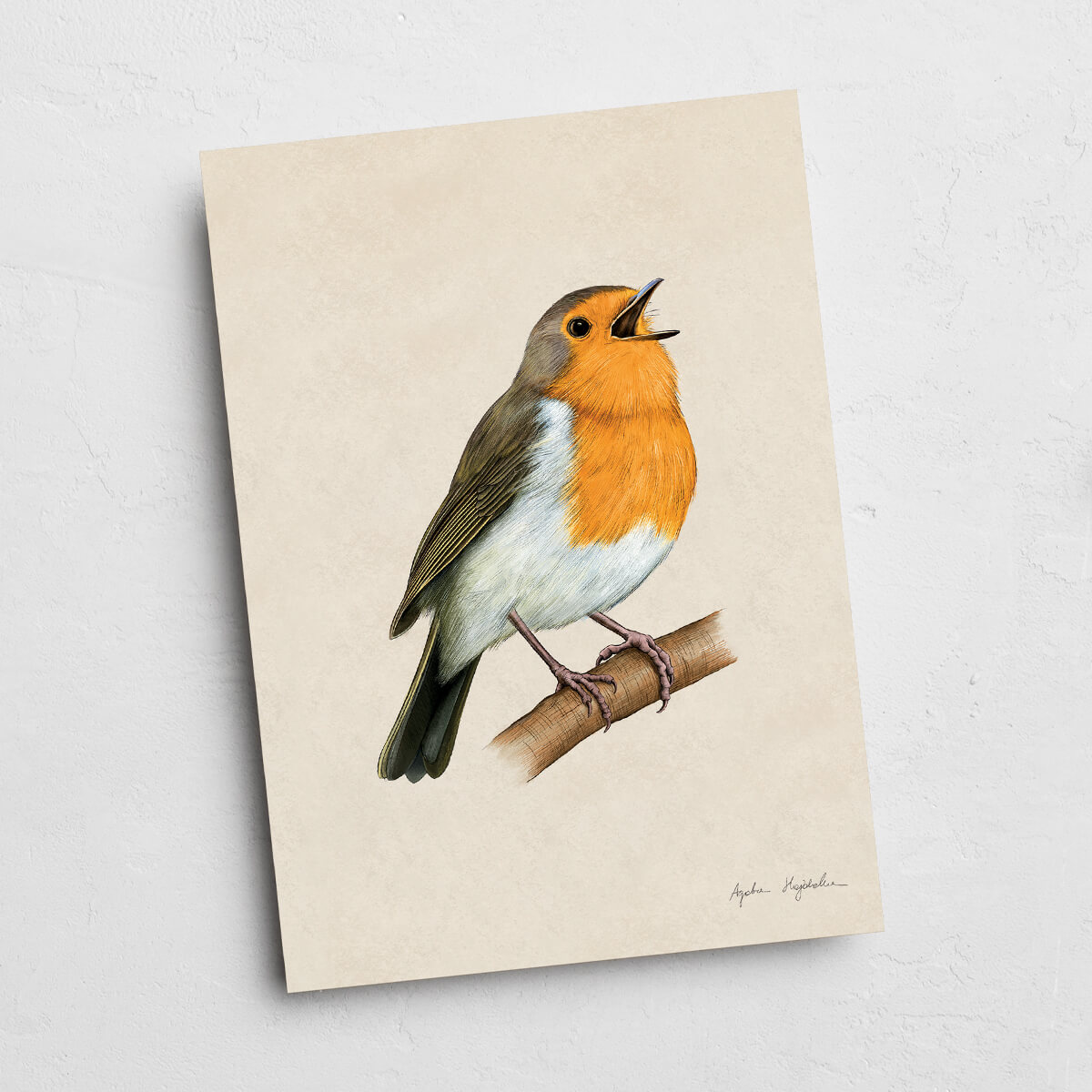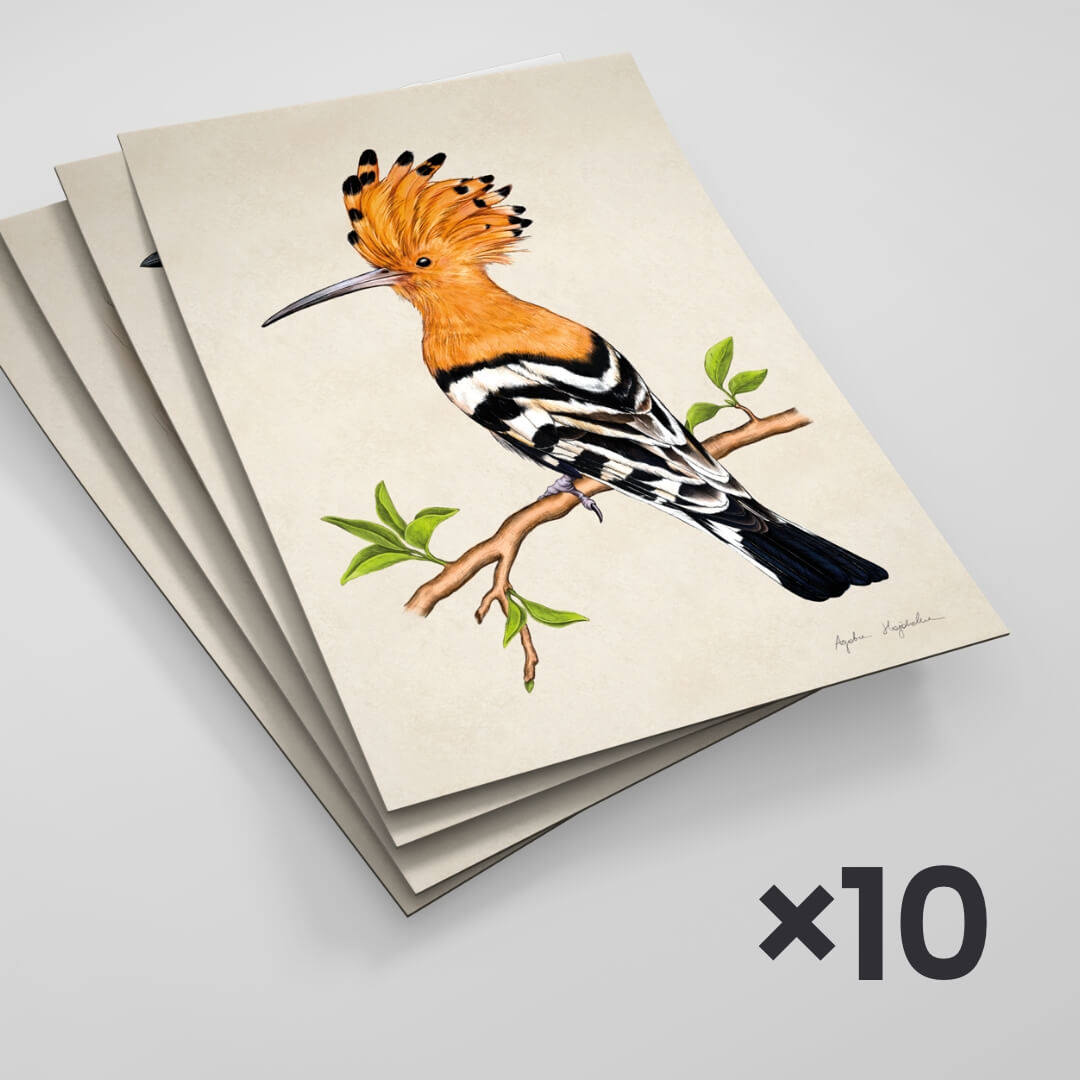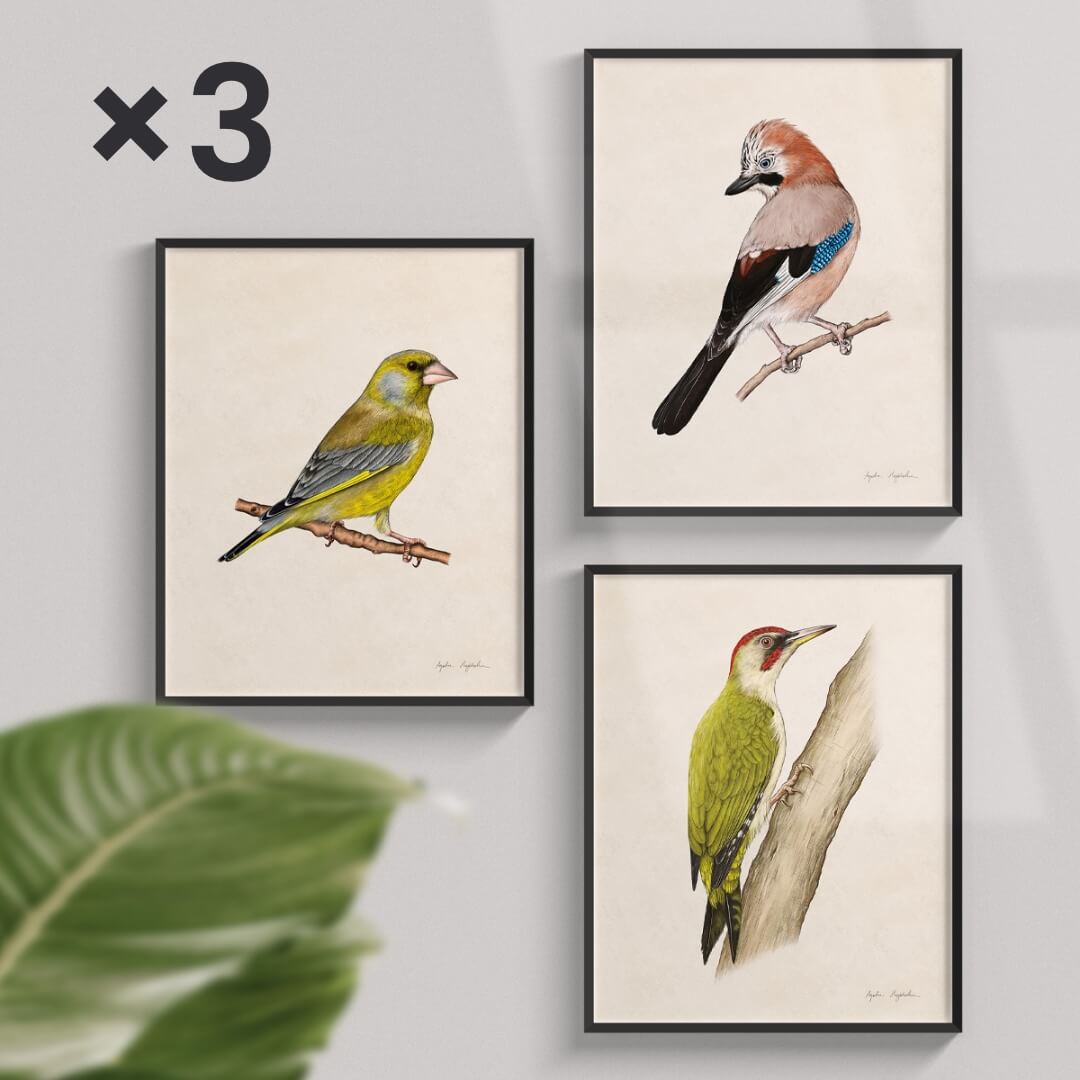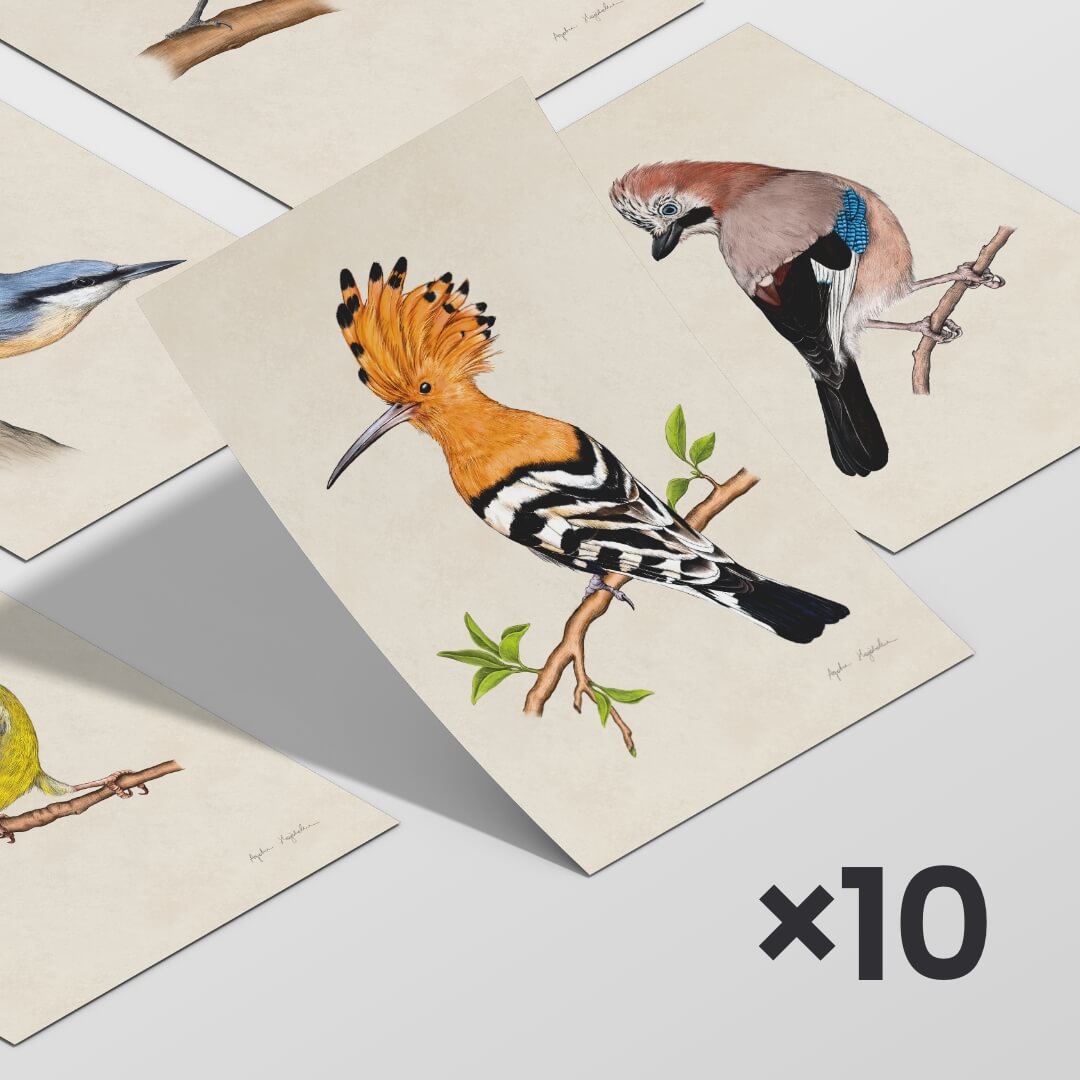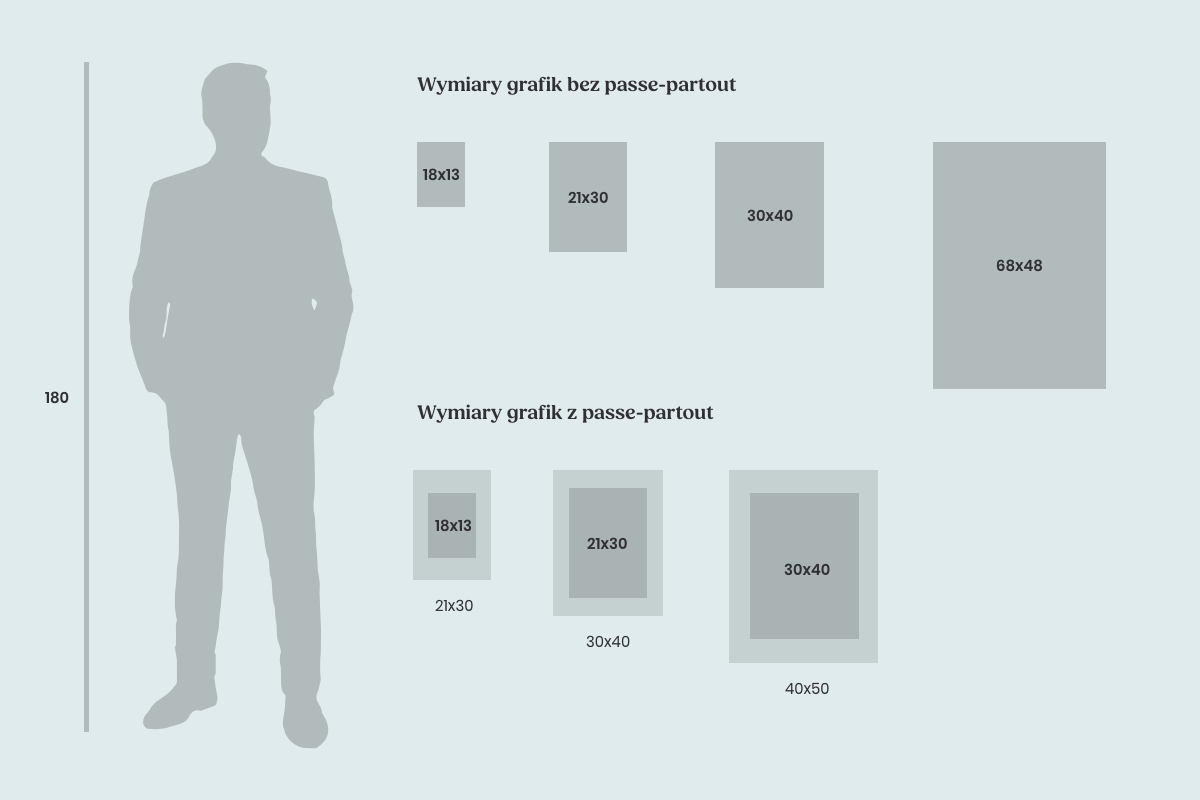- Tukan media
- Explore birds
- Eurasian nuthatch
Eurasian nuthatch
These small Polish birds – roughly the size of sparrows – lead a sedentary lifestyle and inhabit wooded areas and parks. They are agile and active, assuming imaginative positions on trees and surprising with their acrobatics. Sharp, gripping claws and their light body weight make it easier for them to move along the underside of branches, hang upside down, and even walk with their heads downward.
What does the Eurasian nuthatch look like? Here are the features that will help you recognize it!
This small bird with a sturdy body has a gray upper part and a beige-rufous underside. Its distinctive features include a white throat and a black stripe running from the beak through the eye to the nape. The base of the tail is adorned with white spots. Interestingly, individuals from northeastern Poland have a whitish underside, similar to those found in Scandinavia and Russia. You'll also recognize the Eurasian nuthatch by its energetic movements and the unique way it moves, as mentioned earlier. It's found throughout our country.
What do Eurasian nuthatches feed on?
Eurasian nuthatch chicks feed on moth caterpillars, which can be quite challenging to acquire. If the nesting occurs at an inappropriate time, feeding the young can prove to be quite difficult. Adult nuthatches feed on various invertebrates and readily consume seeds during winter. You'll find nuthatches at bird feeders set up by humans. They often join flocks of tits and other birds, which aids their survival. If they appear at a feeder, you can easily recognize them – they energetically disperse other feeding birds to take control of the food source and consume it at an astonishing pace.
Eurasian nuthatch - interesting facts about the small winged acrobat
- The Eurasian nuthatch doesn't excavate its own nest hole, but if the entrance is too large, it reduces it by meticulously plastering it with clay.
- It's the only Polish bird capable of walking upside down on trees.
- The brave nature of this small bird becomes evident from the first days of its life – the chicks that loudly demand food are better nourished than their quiet and less assertive siblings.
- The Eurasian nuthatch is known for collecting food reserves – it hides them in various tree crevices, walls, under windowsills, or in gutters.
- Eurasian nuthatches sing beautifully, and their repertoire is very wide. You can even hear them singing in winter.
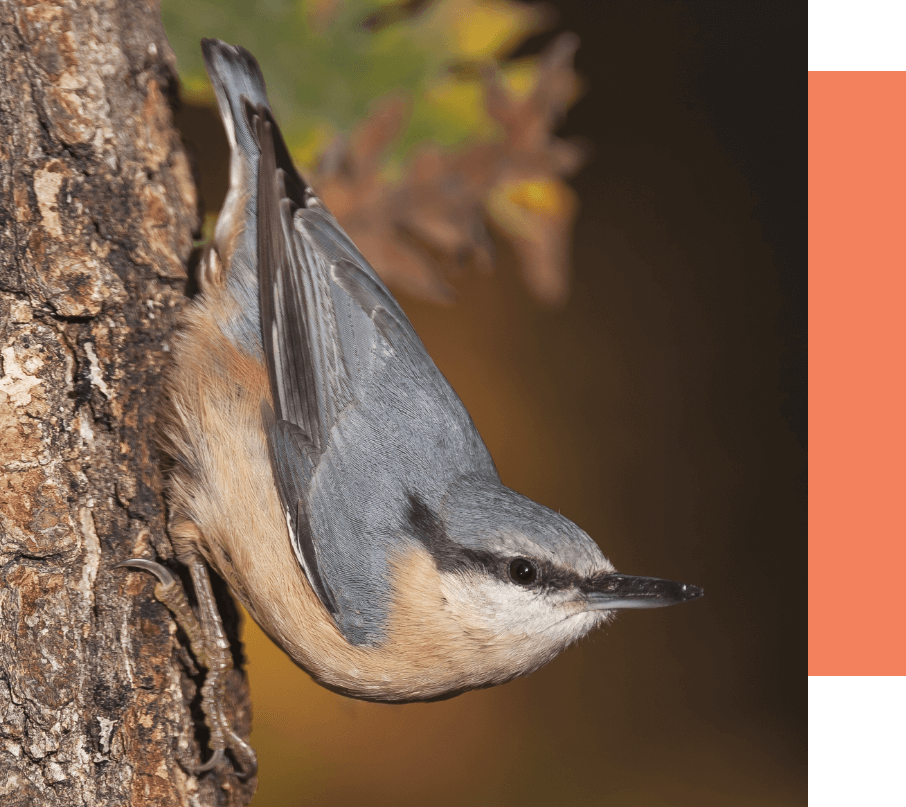
Listen to the voice
Gadgets with Eurasian nuthatch illustration
These small birds in Poland are easy to encounter and recognize, and their energetic nature and friendly appearance have earned them many admirers. If you're one of them, you'll surely find beautiful illustrations featuring the Eurasian nuthatch in my collection.
View products with the eurasian nuthatch
60.00 zł – 120.00 zł
5.00 zł
20.00 zł – 120.00 zł
Eurasian nuthatch - Additional Information

Eurasian nuthatch
Sitta europaea
Family
nuthatches
Locations of Occurrence
The entire country
Food
Various invertebrates, and in winter, seeds
Population
Moderately common breeding bird.
Migrations
Resident
Breeding
5-8 white eggs with a few rusty spots. Incubation: 22-24 days. Young birds leave the nest after 22-24 days
See other products with birds
89.00 zł
89.00 zł
20.00 zł – 120.00 zł
20.00 zł – 120.00 zł
20.00 zł – 120.00 zł
60.00 zł – 120.00 zł
20.00 zł – 120.00 zł
20.00 zł – 120.00 zł
20.00 zł – 120.00 zł
267.00 zł 230.00 zł
553.00 zł 499.00 zł
400.00 zł 375.00 zł
464.00 zł 439.00 zł
237.00 zł 225.00 zł
150.00 zł 143.00 zł
174.00 zł 165.00 zł
89.00 zł
50.00 zł
50.00 zł
58.00 zł
79.00 zł
79.00 zł
79.00 zł
79.00 zł
79.00 zł
50.00 zł
50.00 zł
50.00 zł
50.00 zł
50.00 zł
89.00 zł
89.00 zł
20.00 zł – 120.00 zł
20.00 zł – 120.00 zł
20.00 zł – 120.00 zł
20.00 zł – 120.00 zł
89.00 zł
20.00 zł – 120.00 zł
20.00 zł – 120.00 zł
60.00 zł – 120.00 zł
20.00 zł – 120.00 zł
20.00 zł – 120.00 zł
20.00 zł – 120.00 zł
600.00 zł 500.00 zł
160.00 zł – 320.00 zł
450.00 zł 400.00 zł
